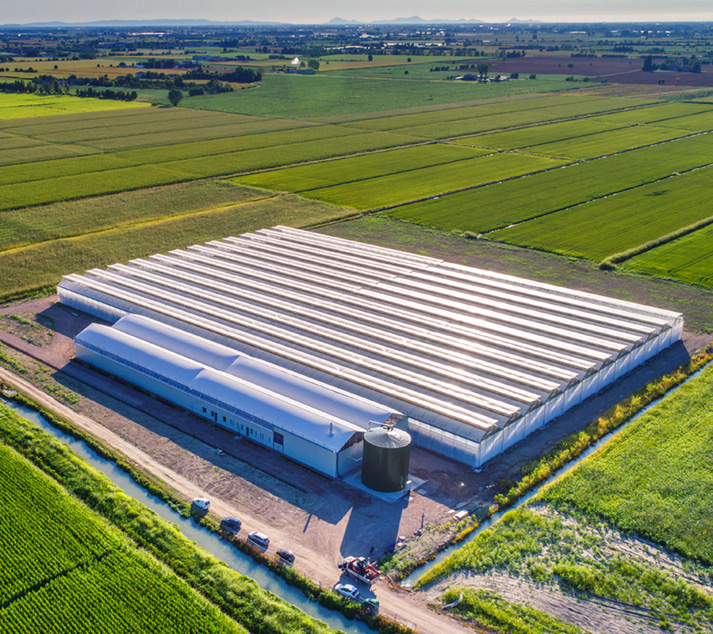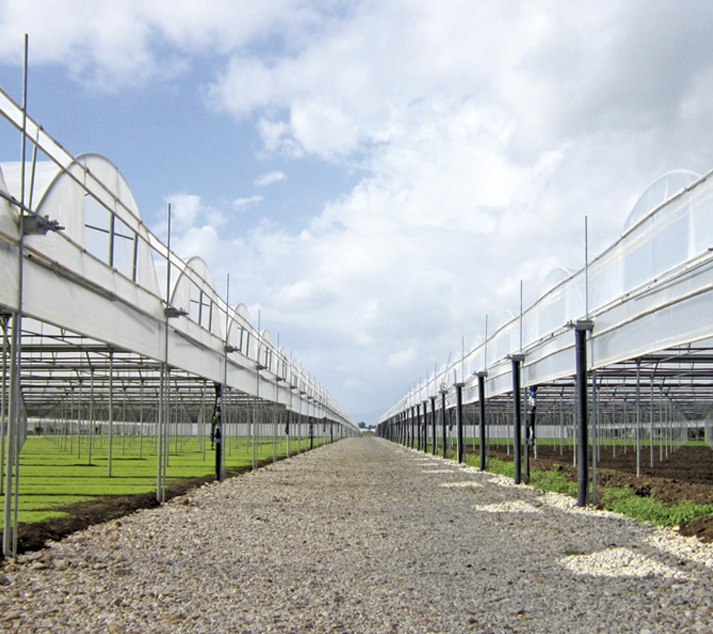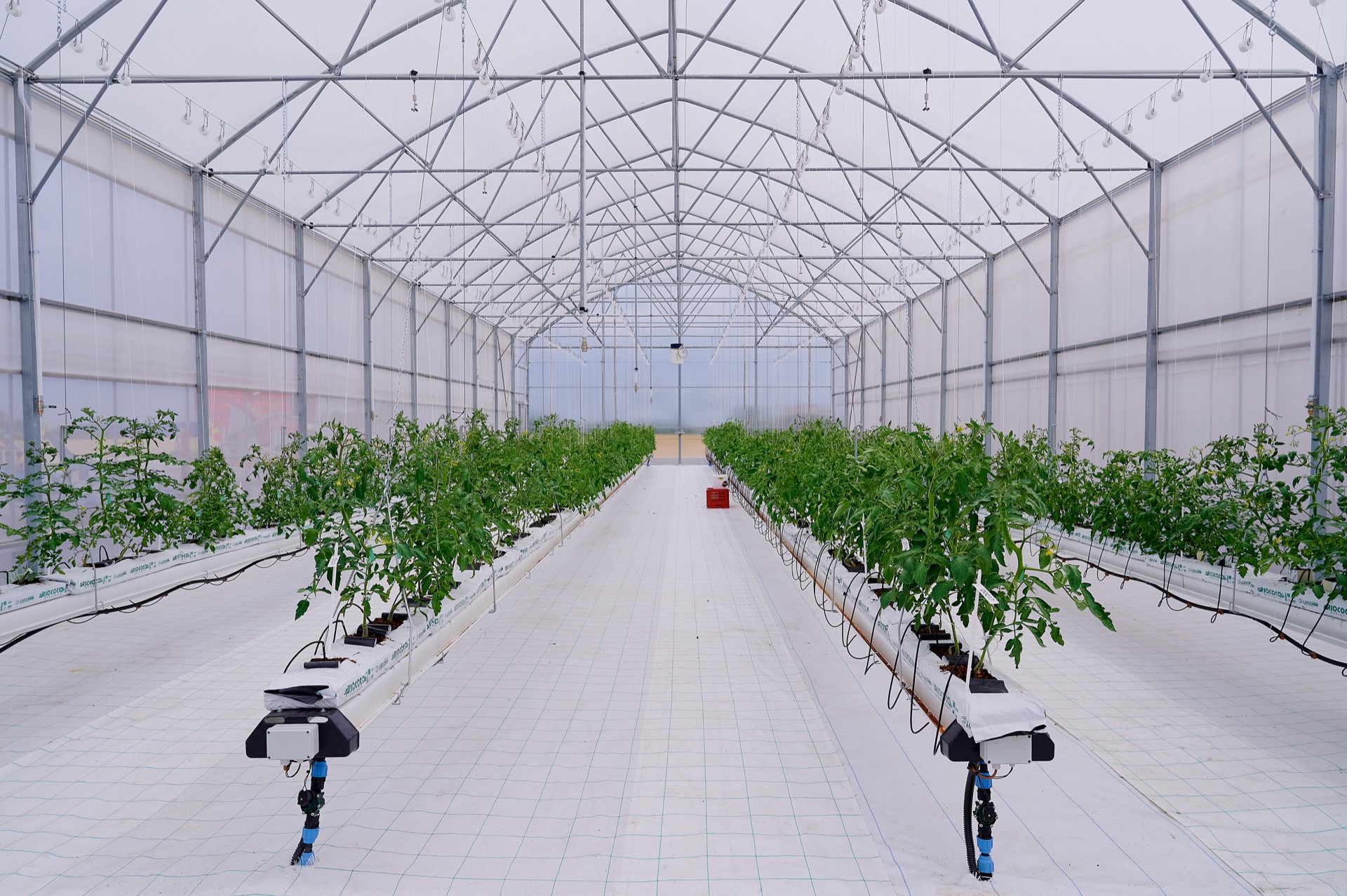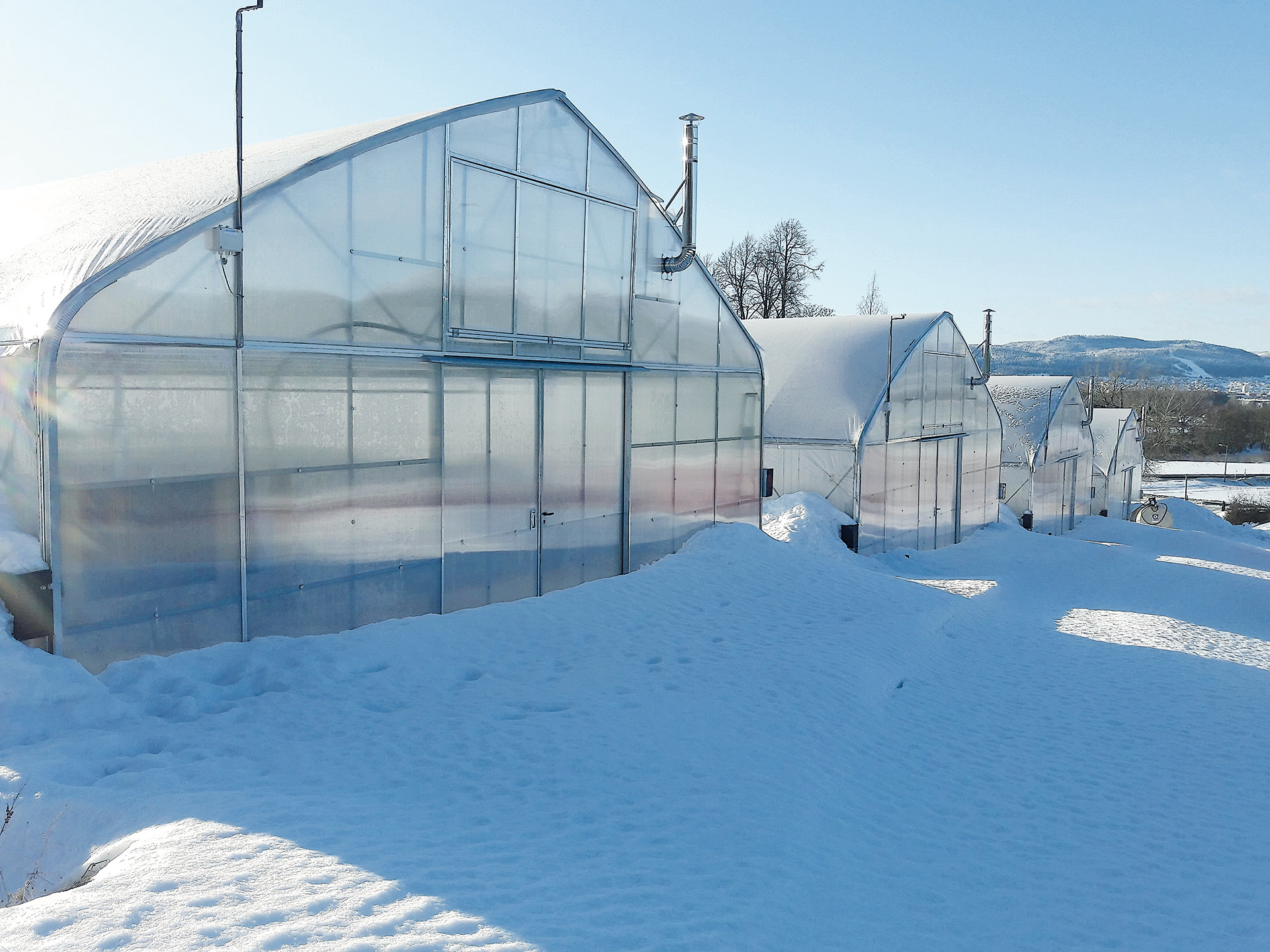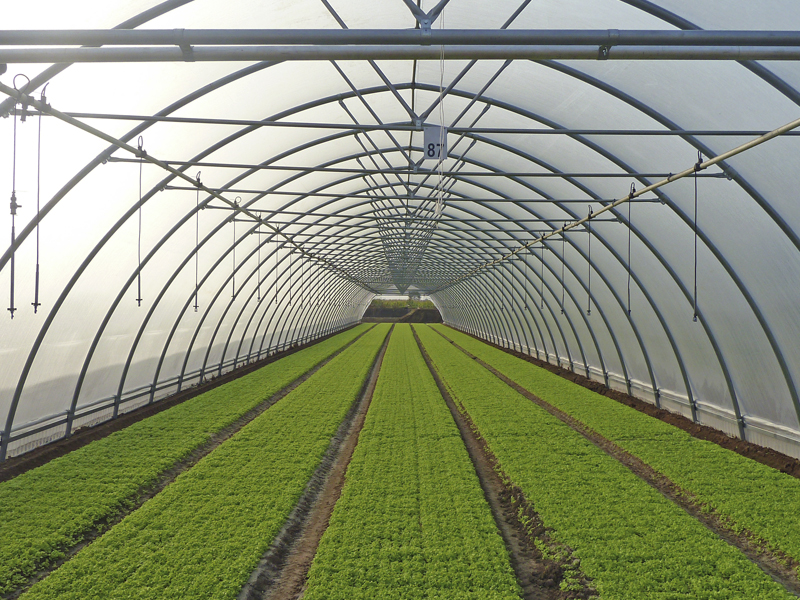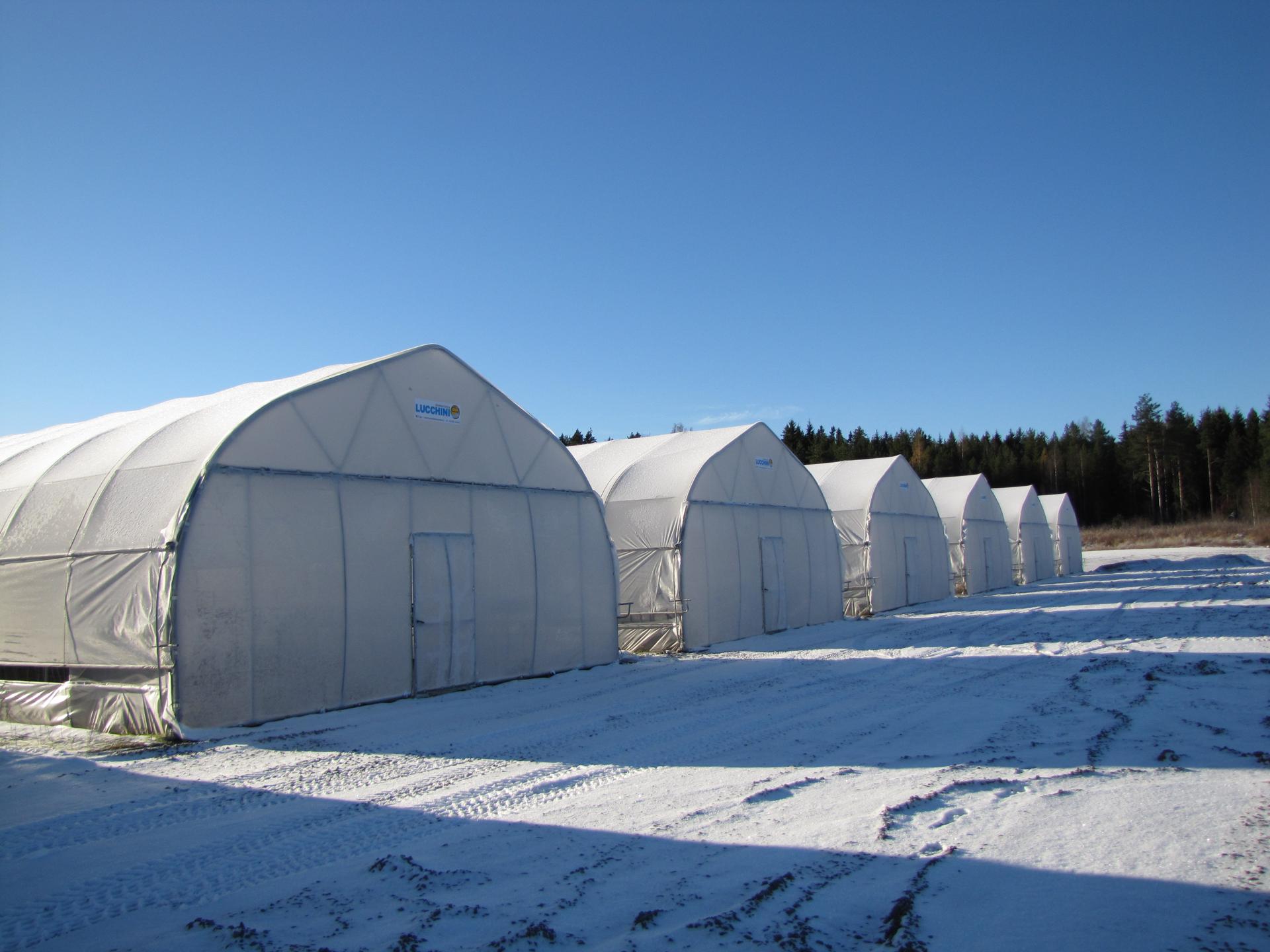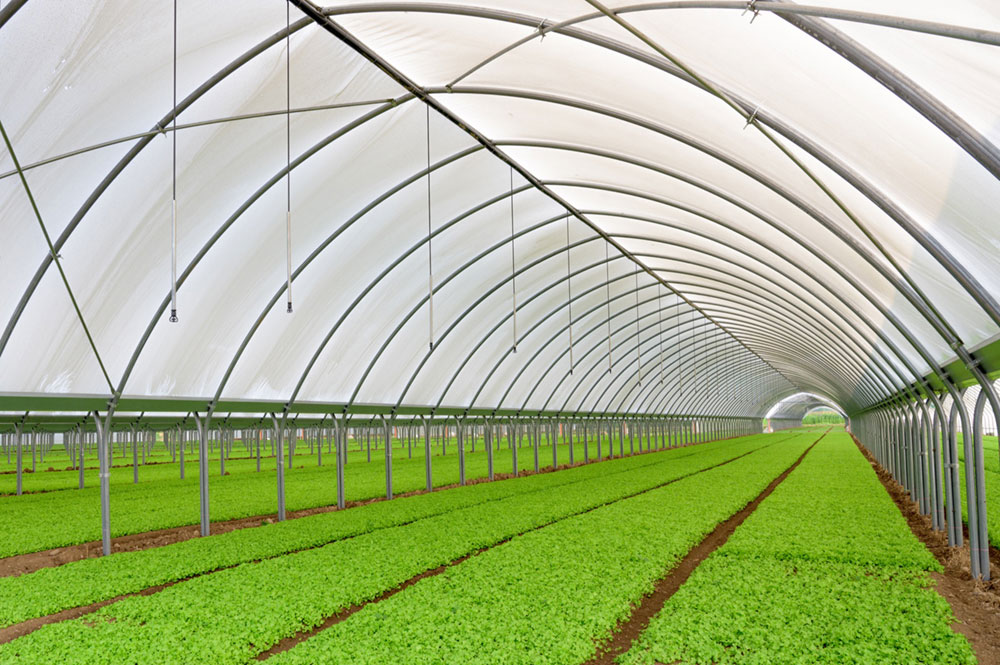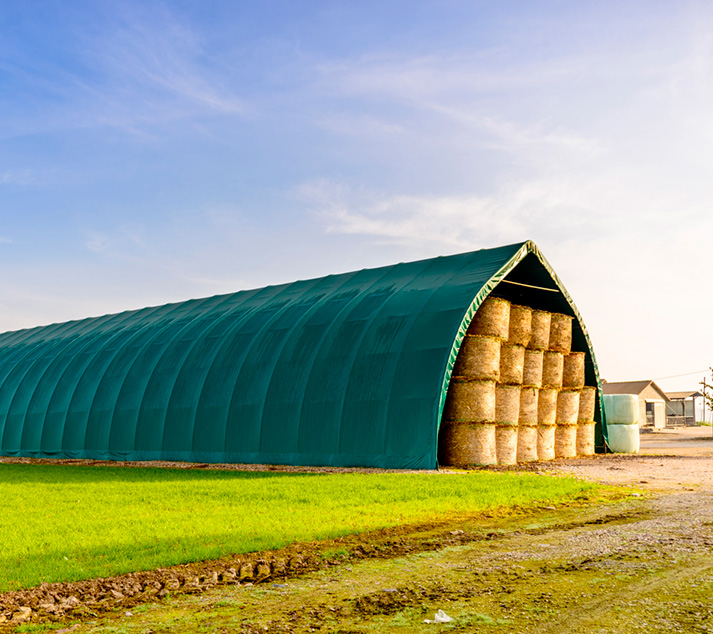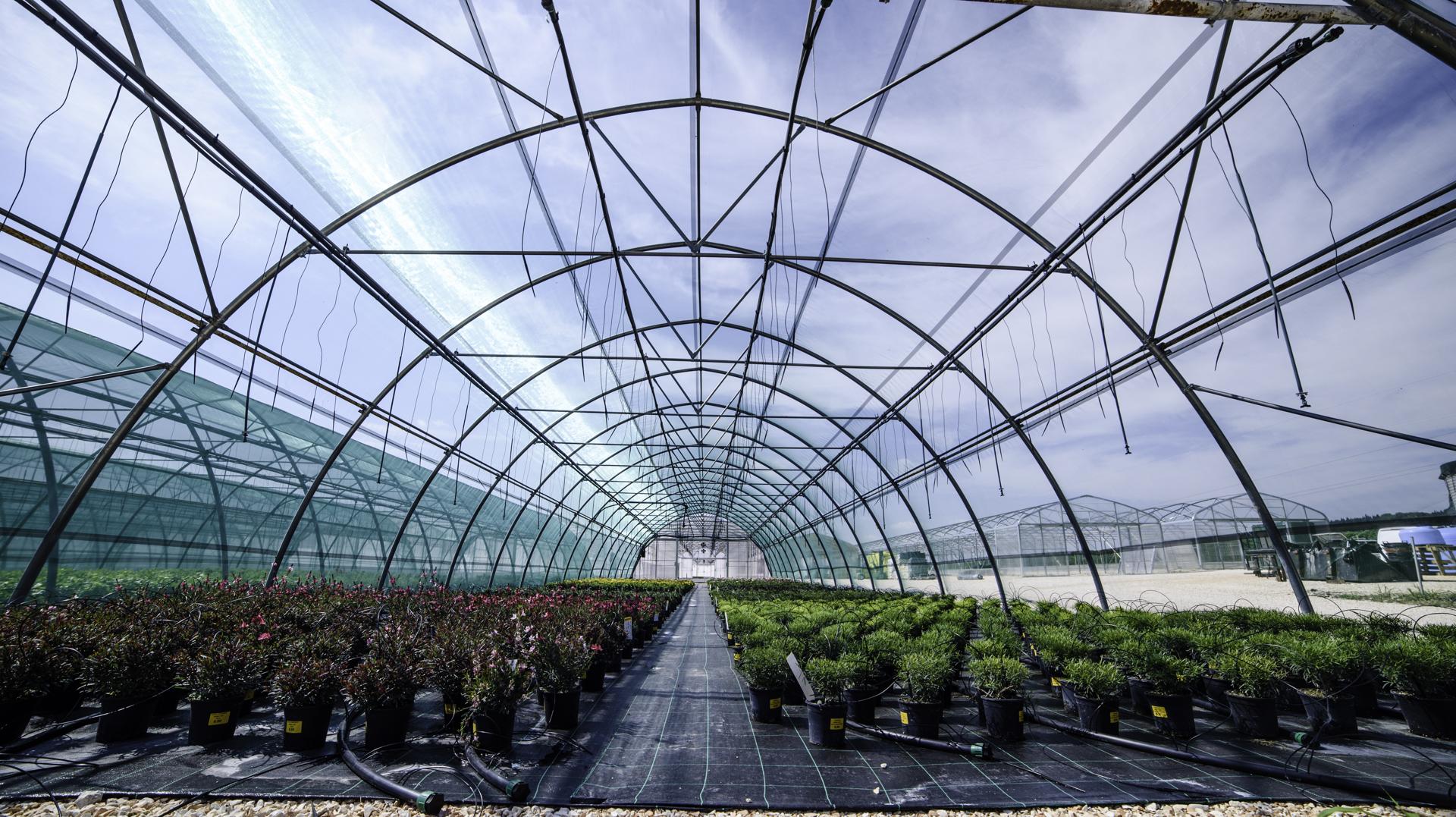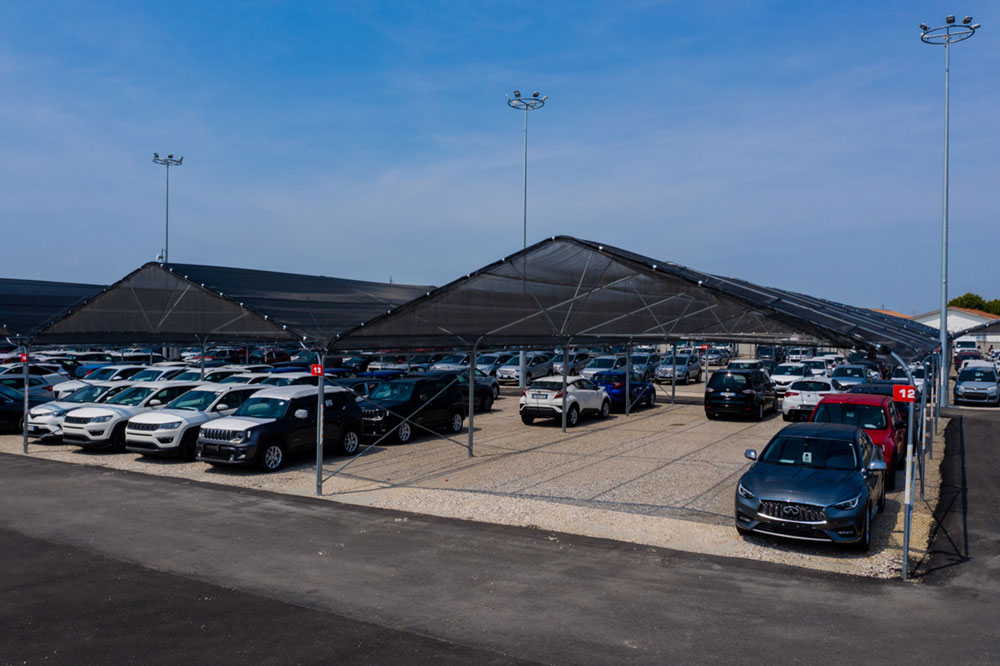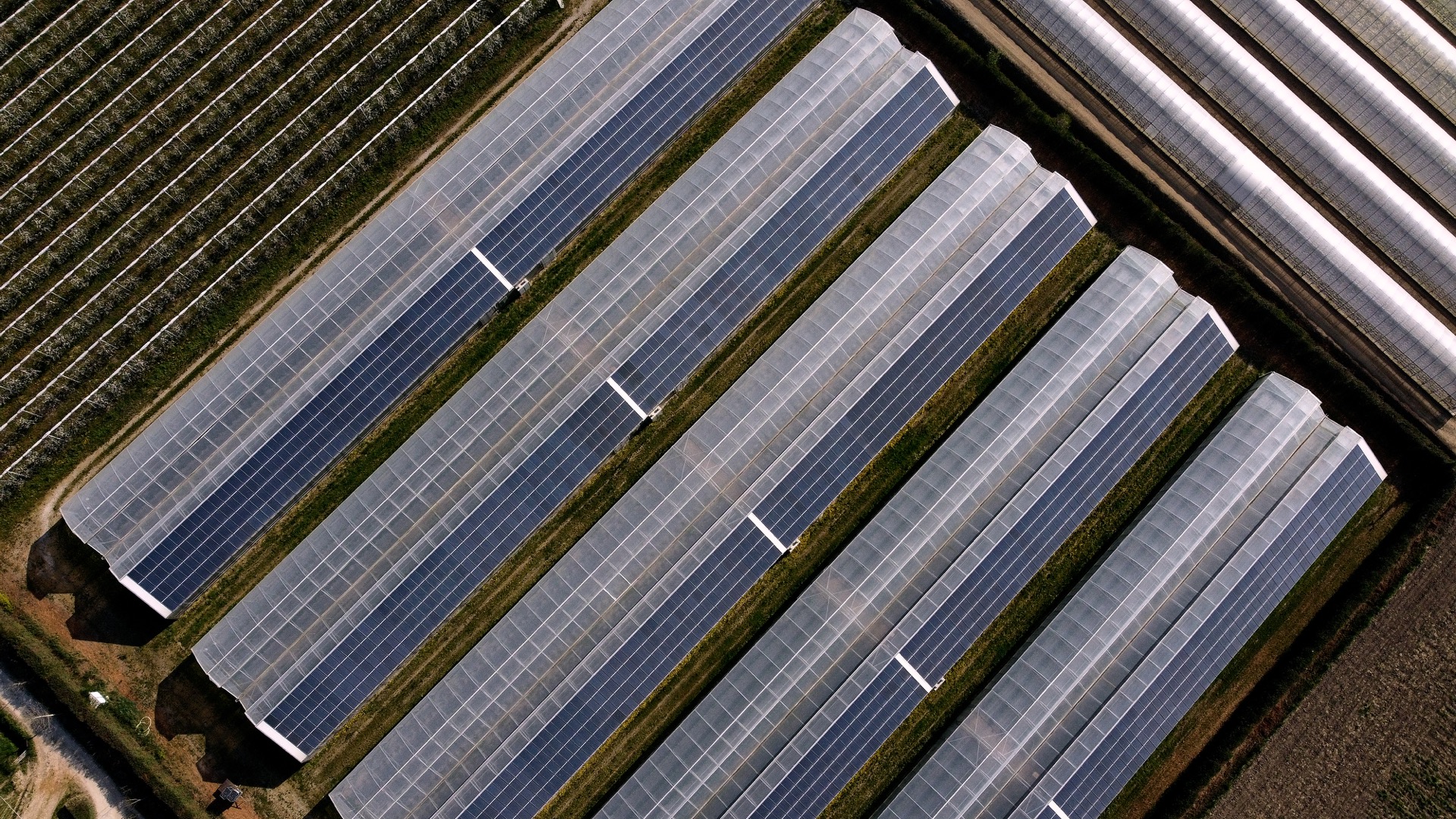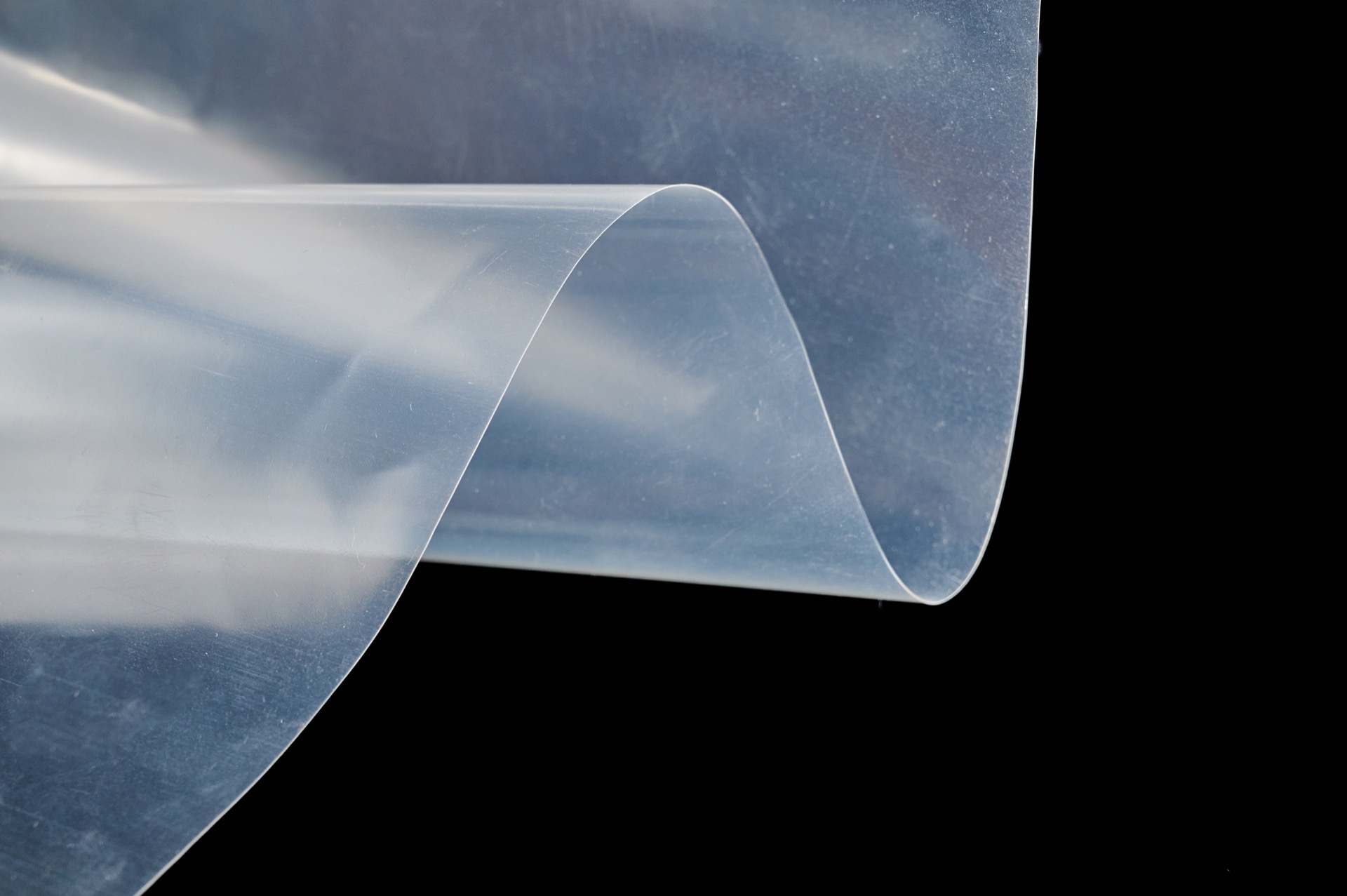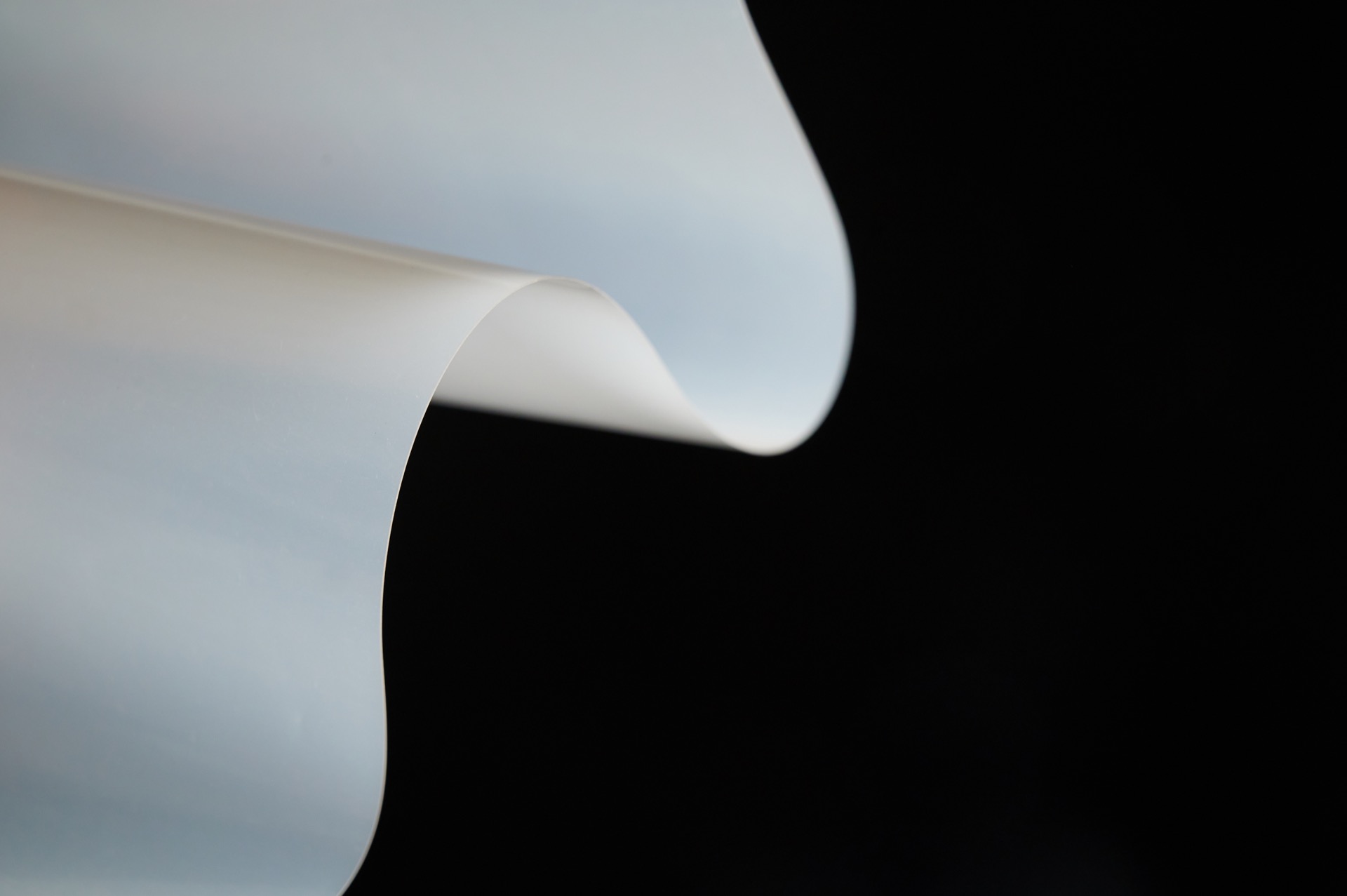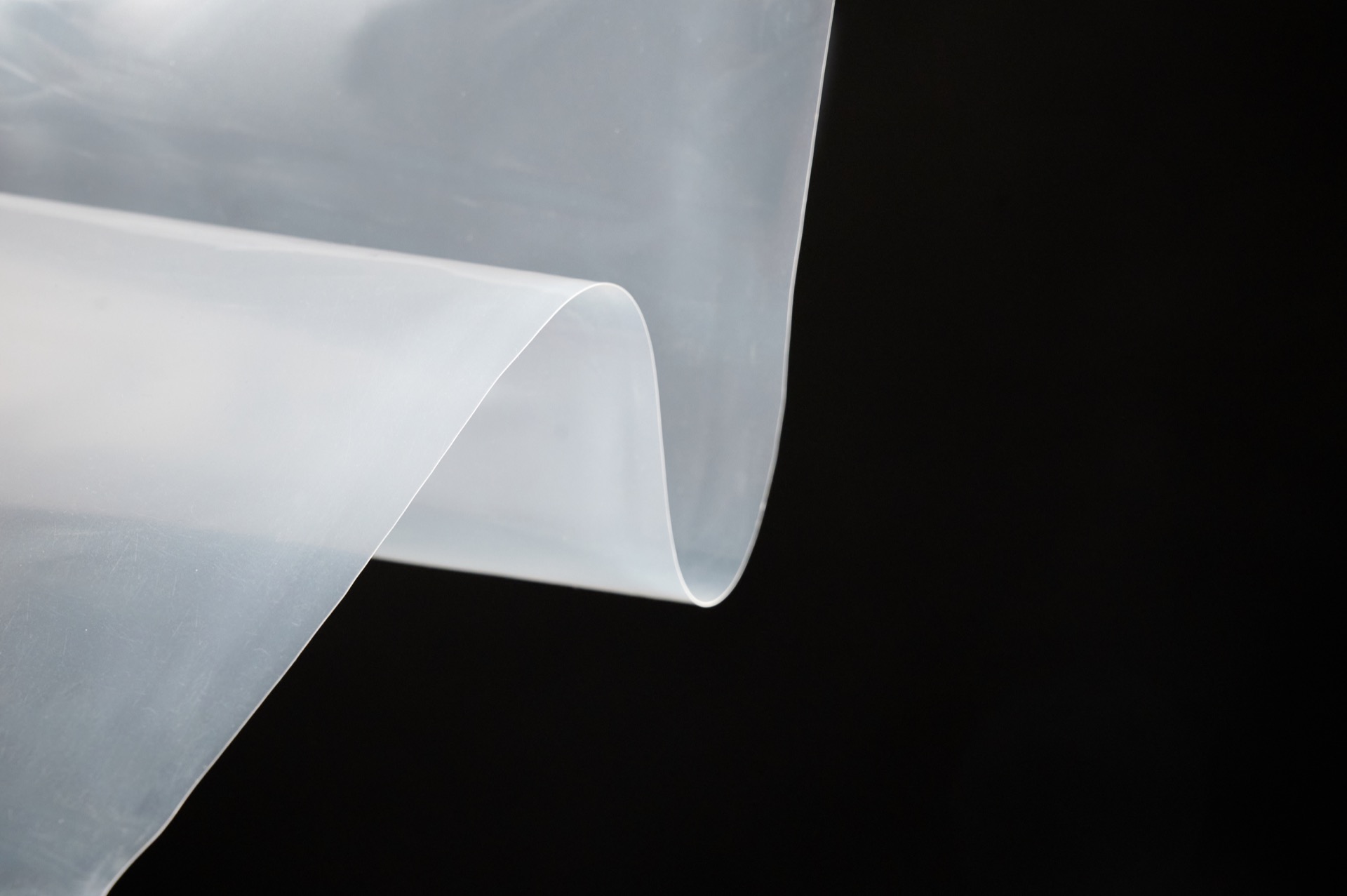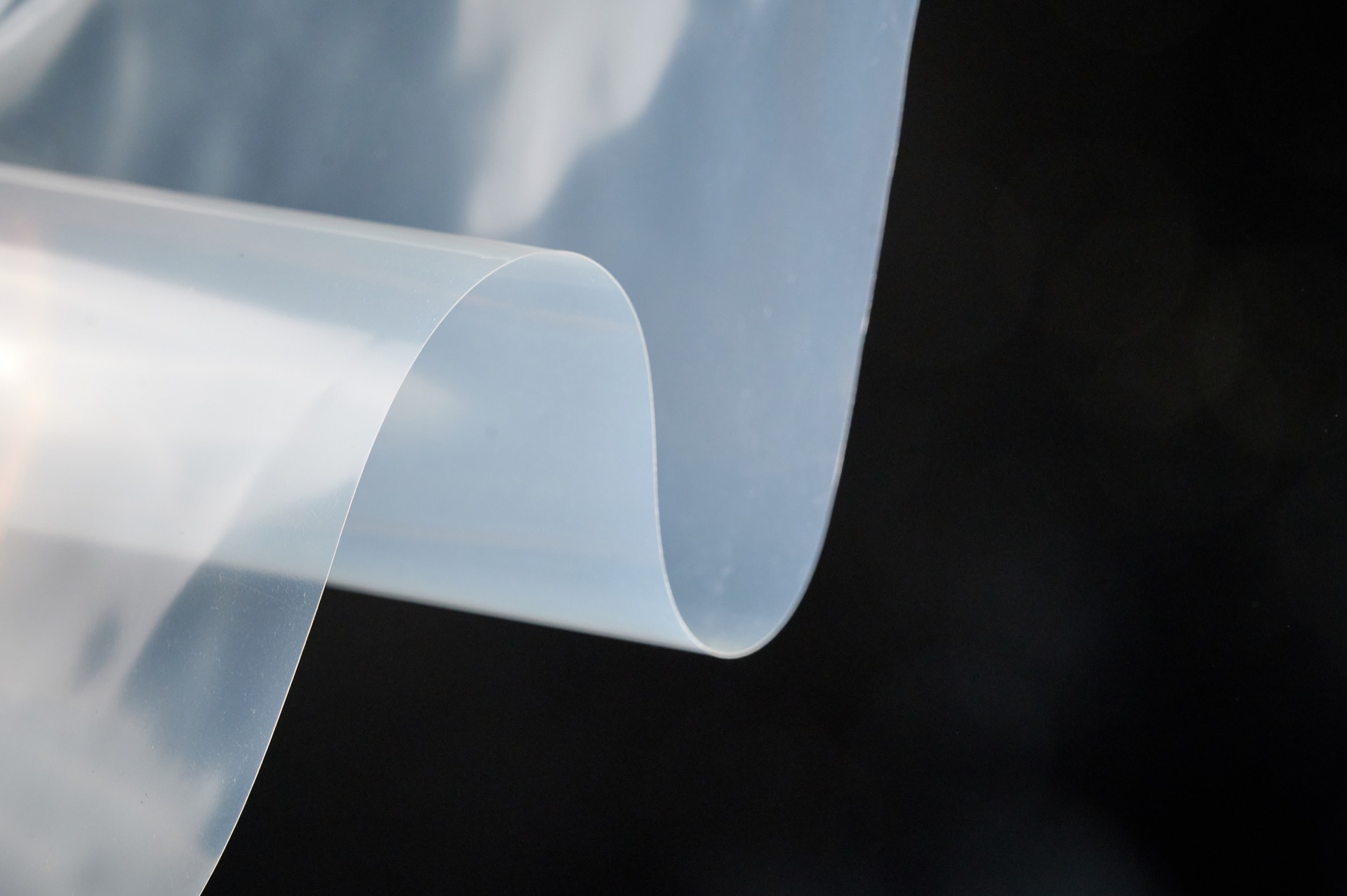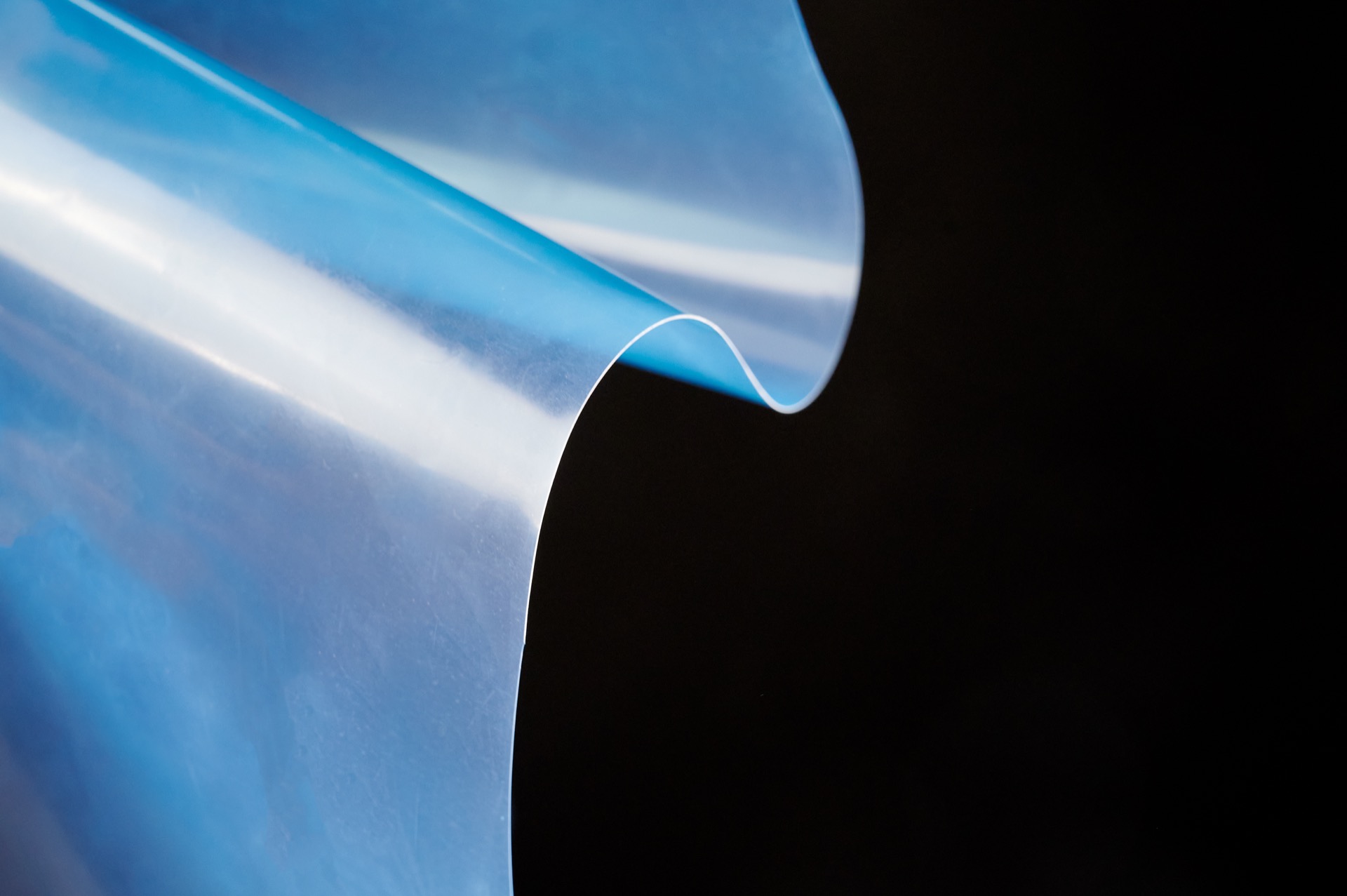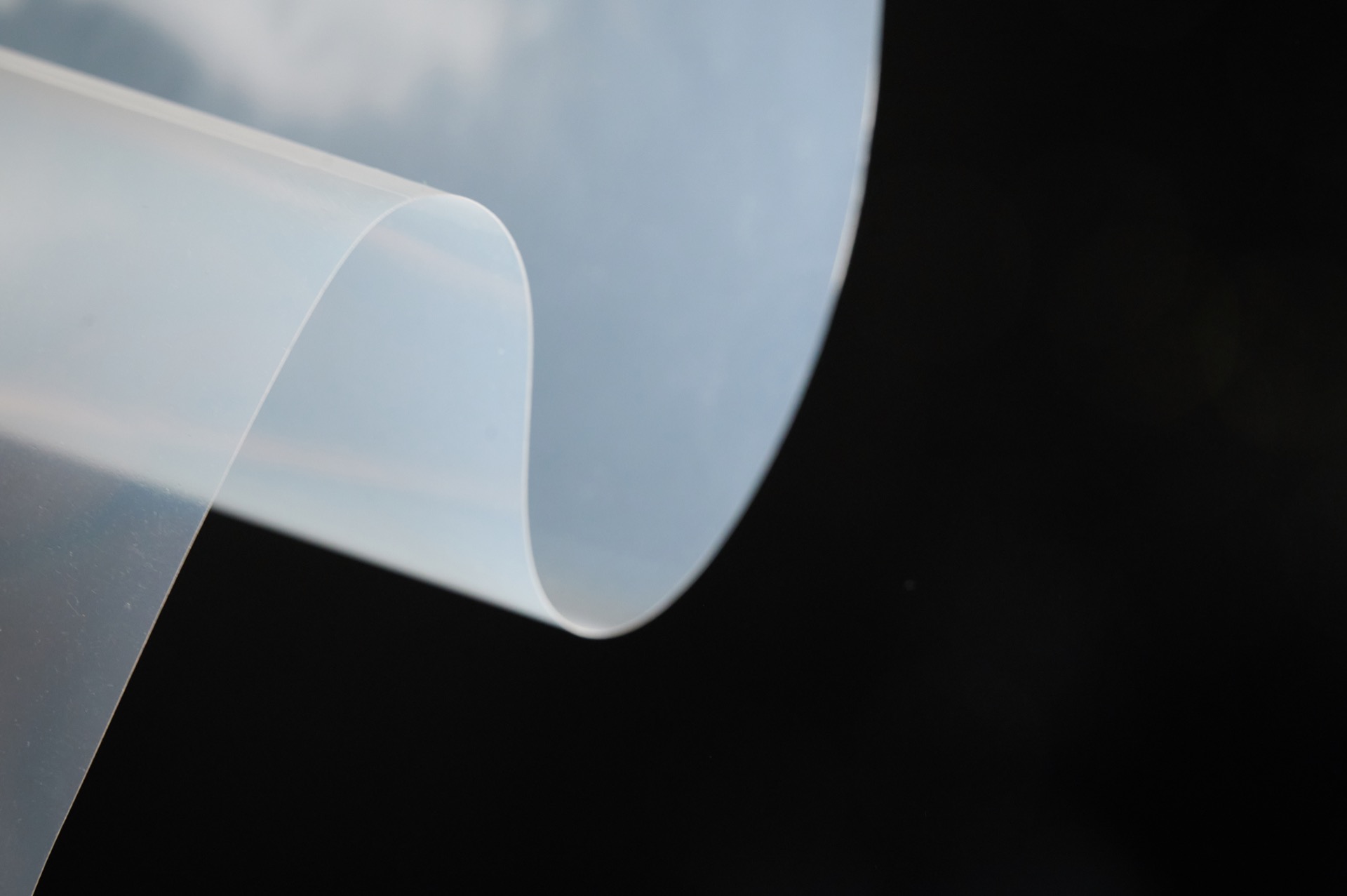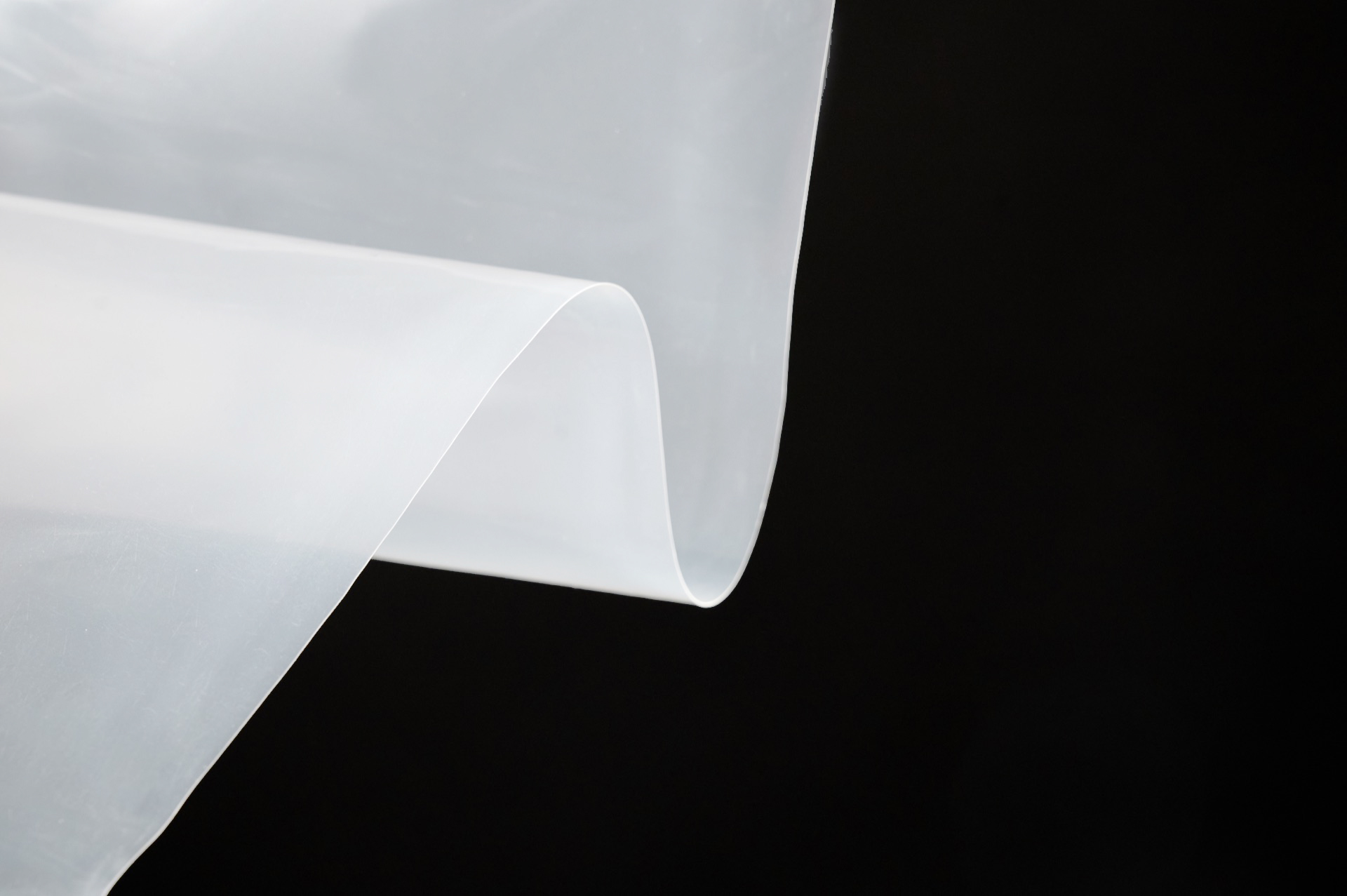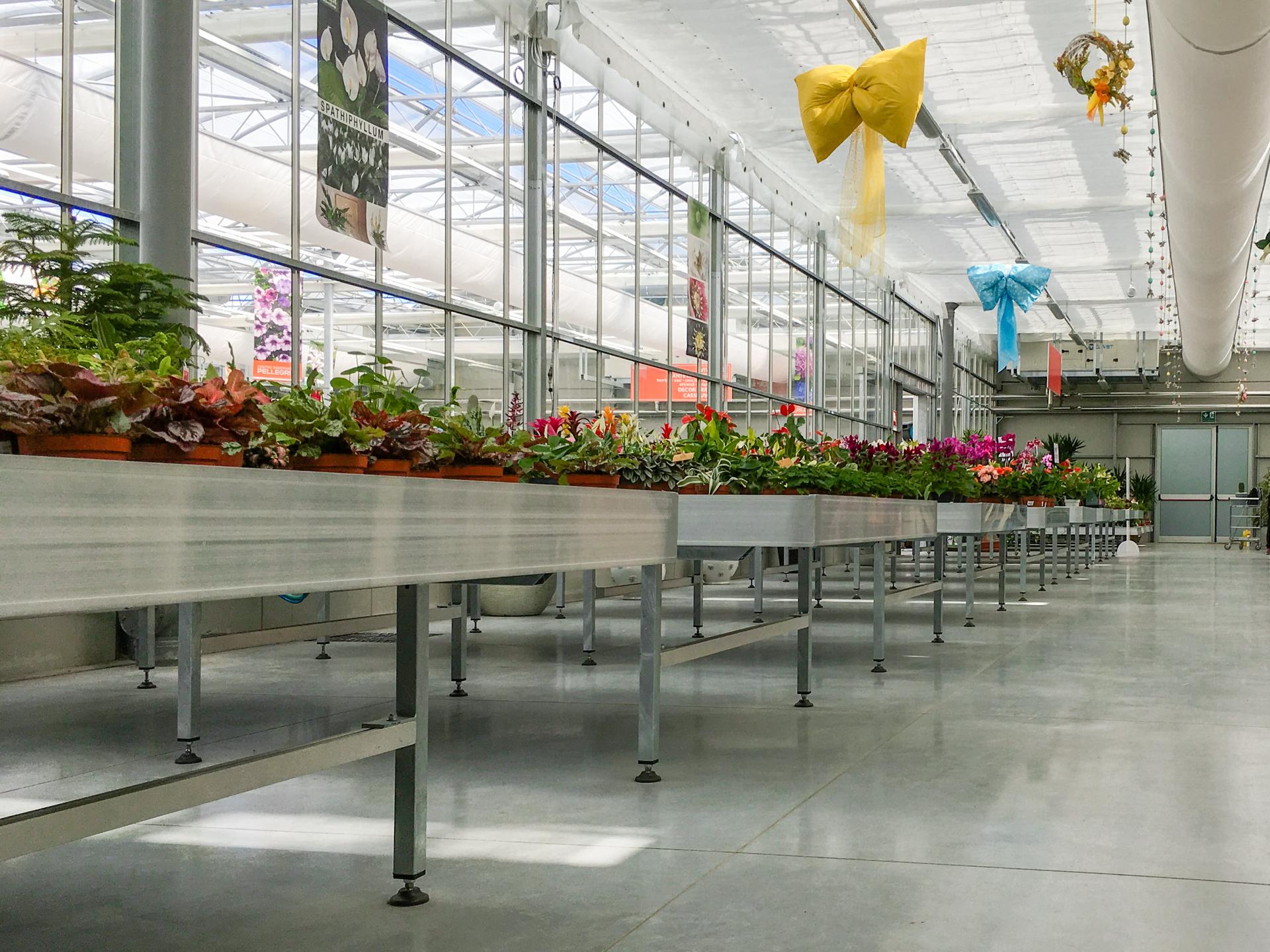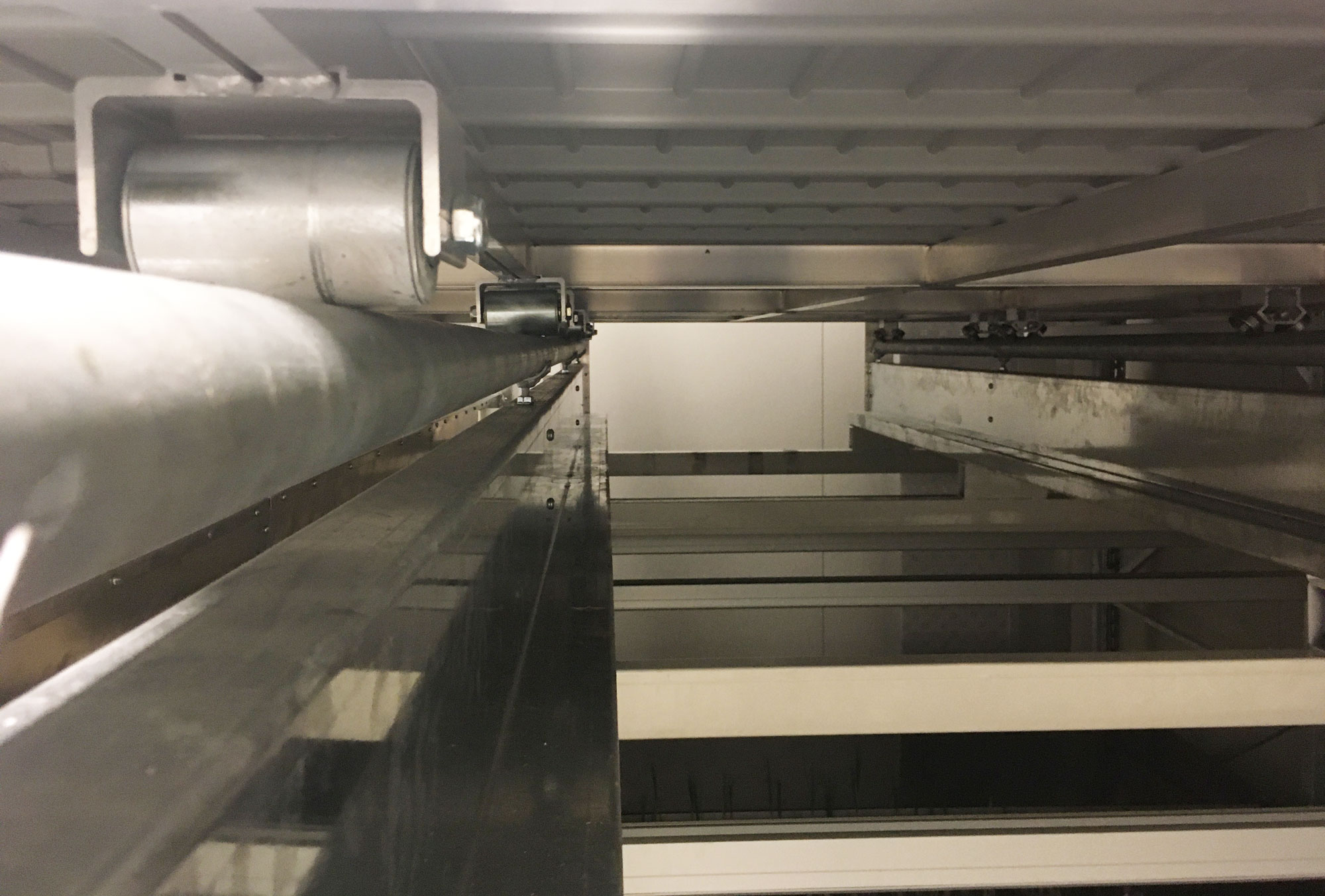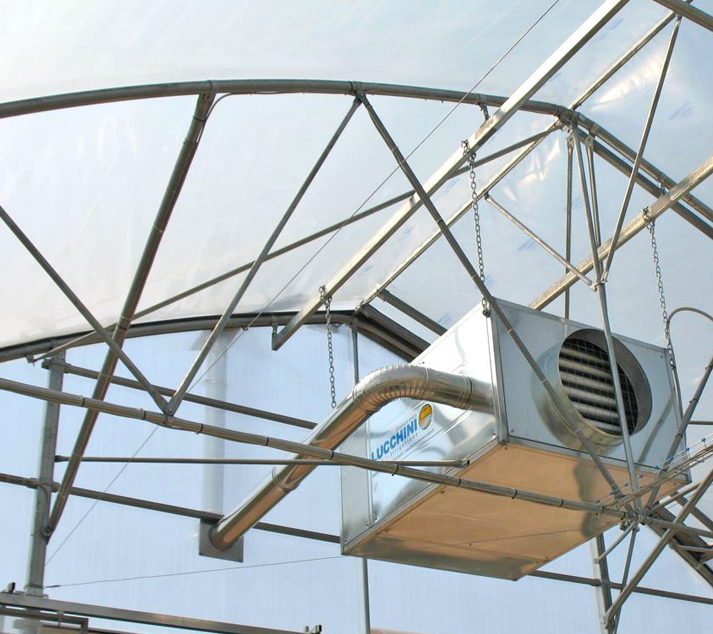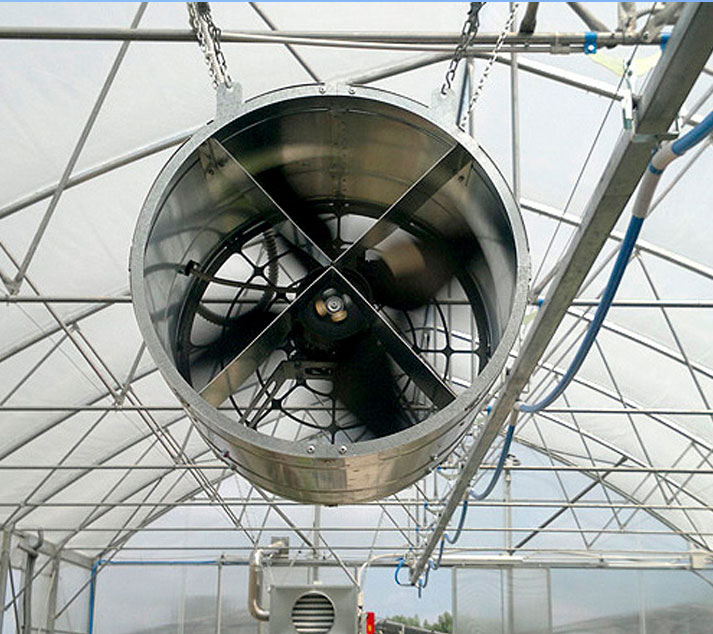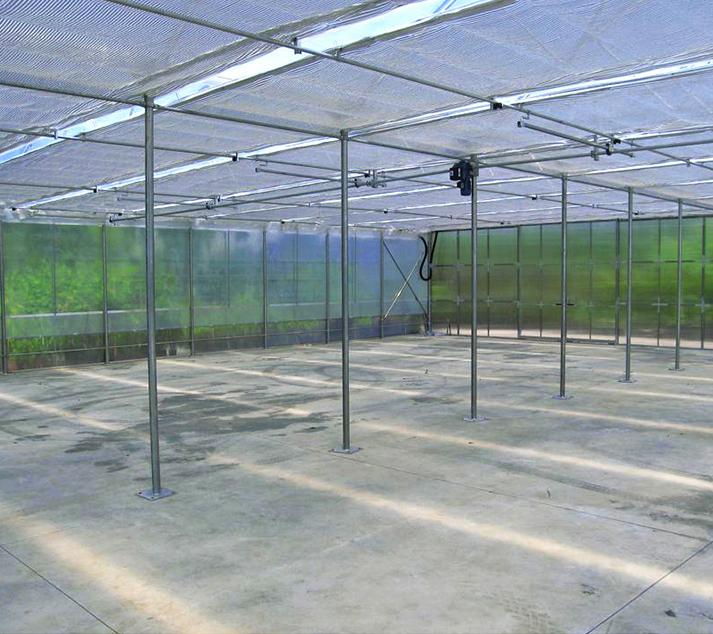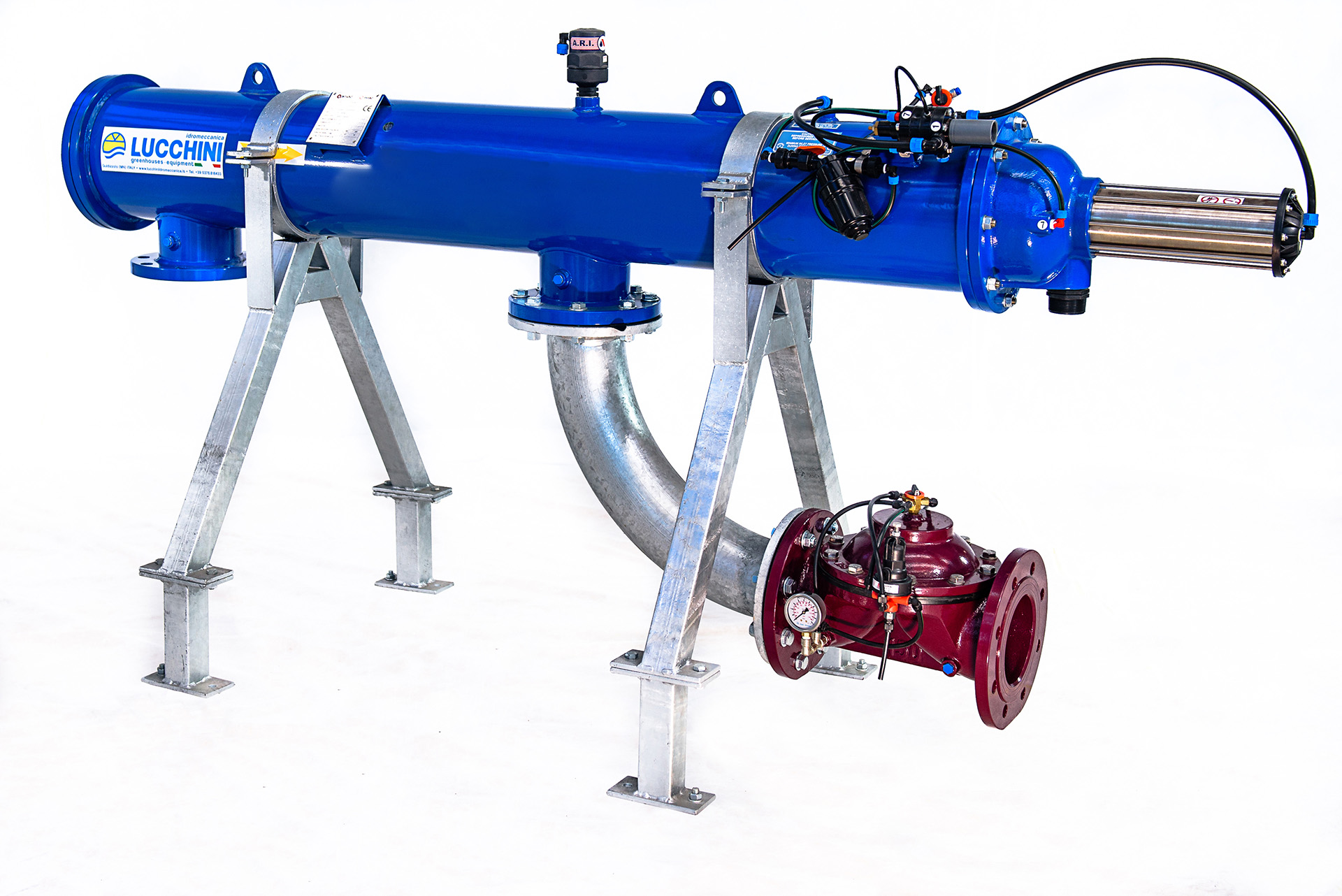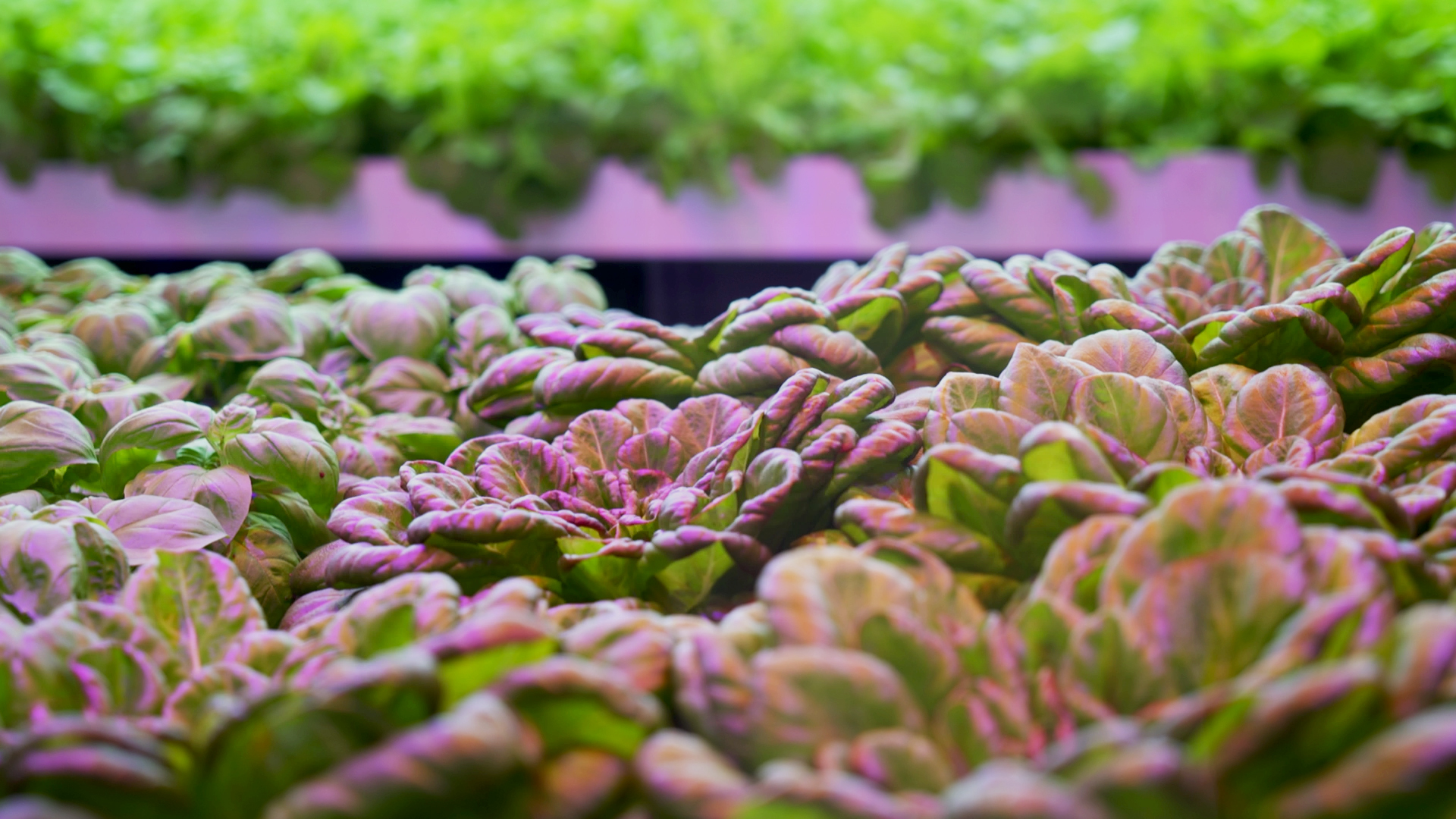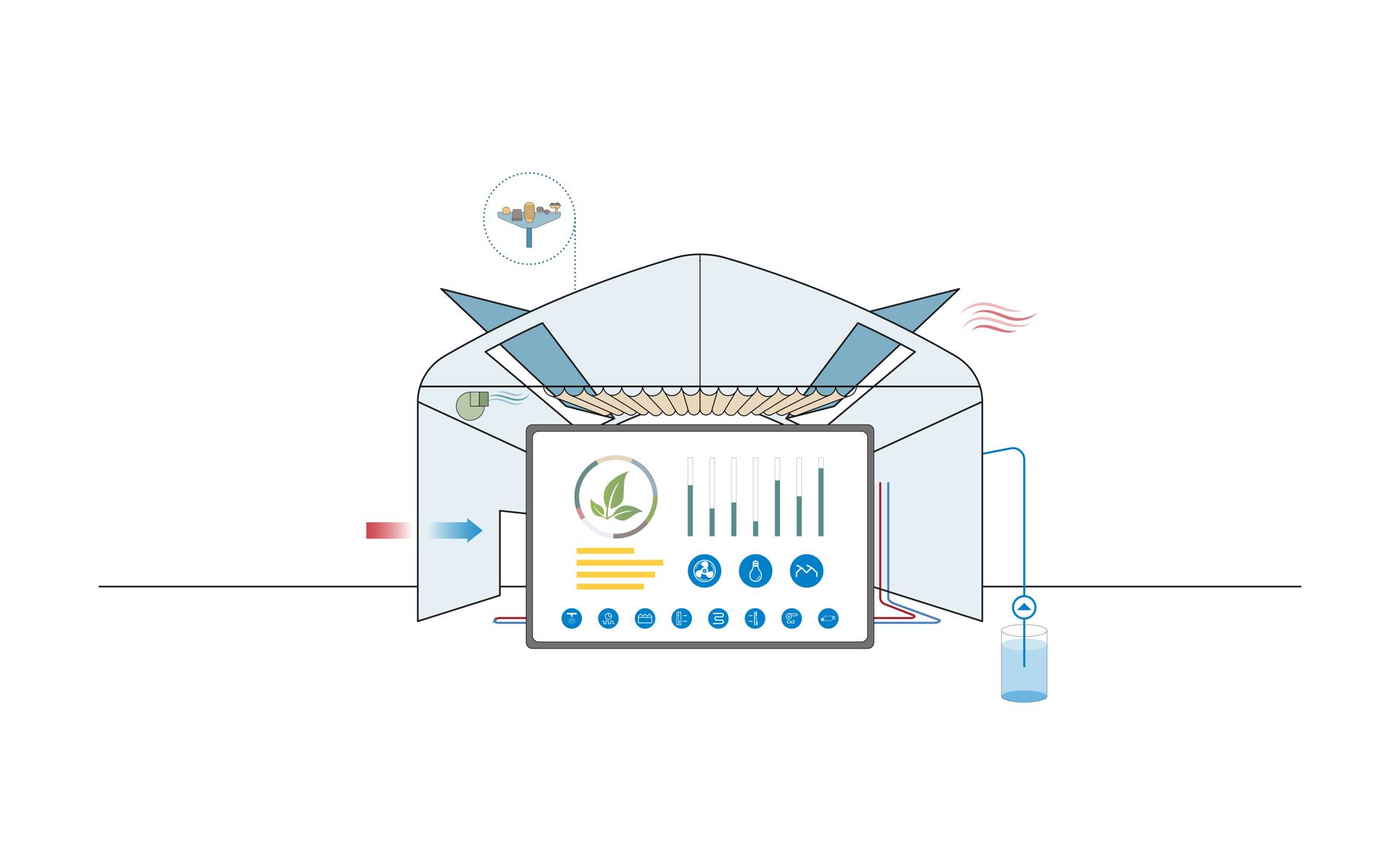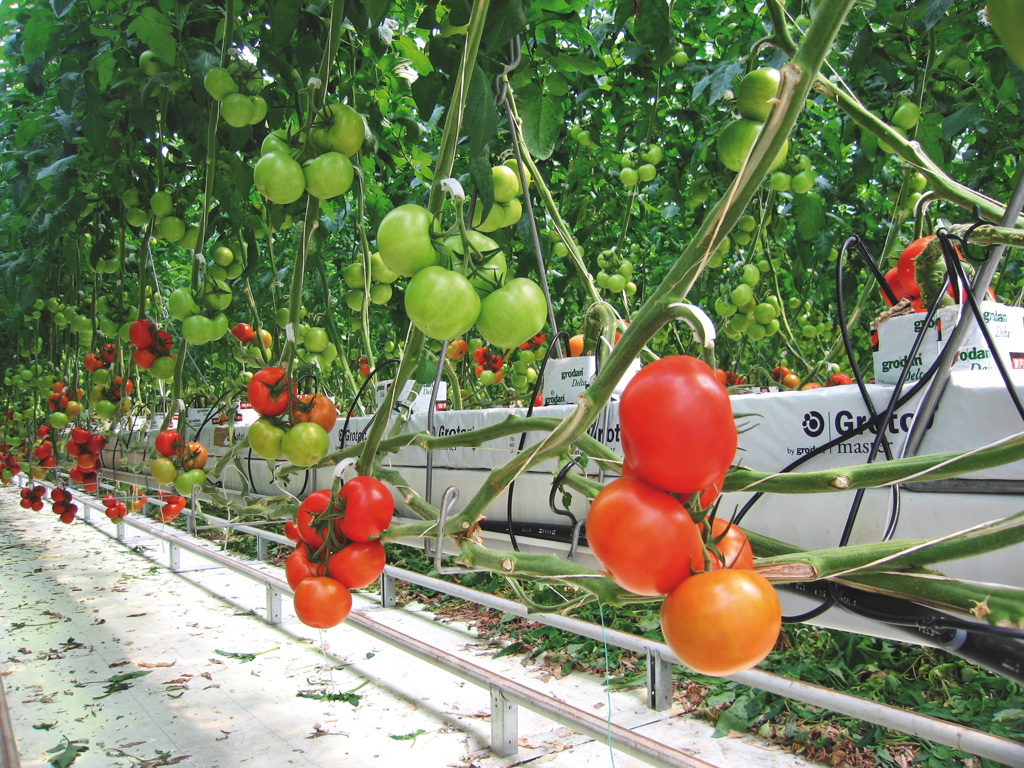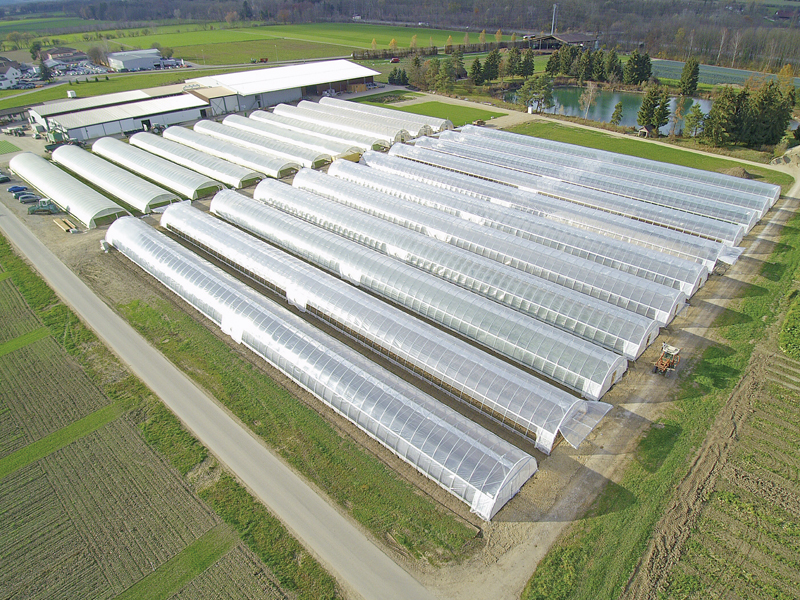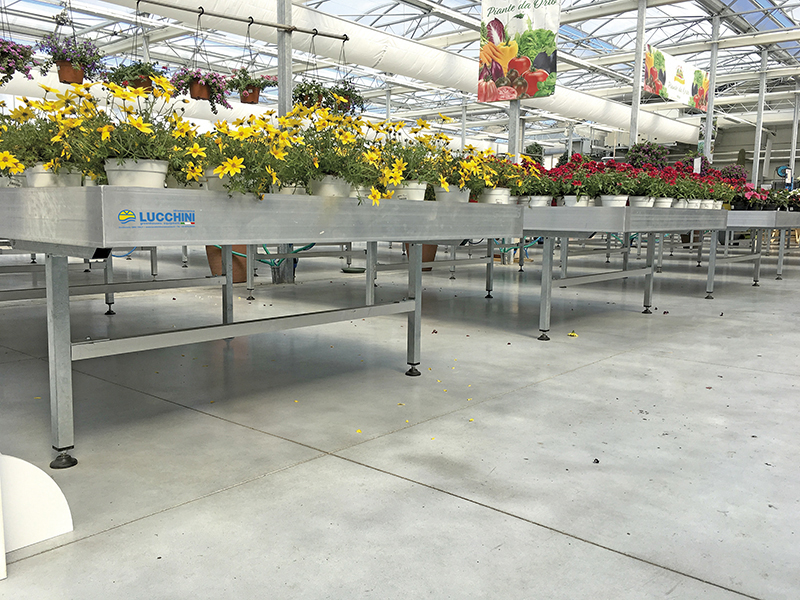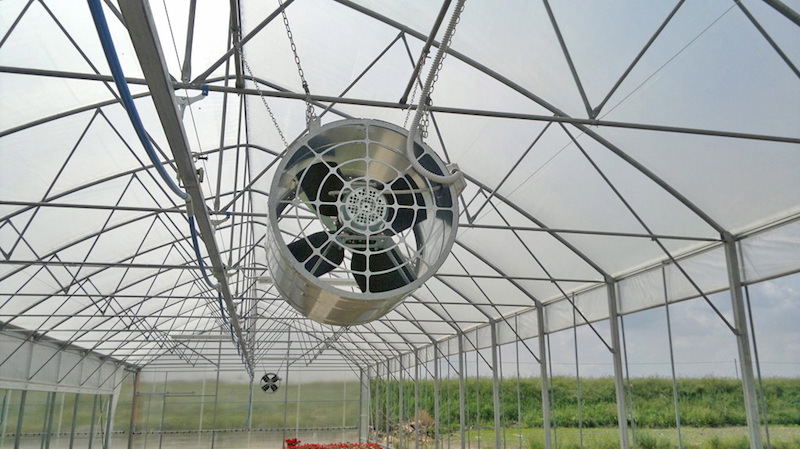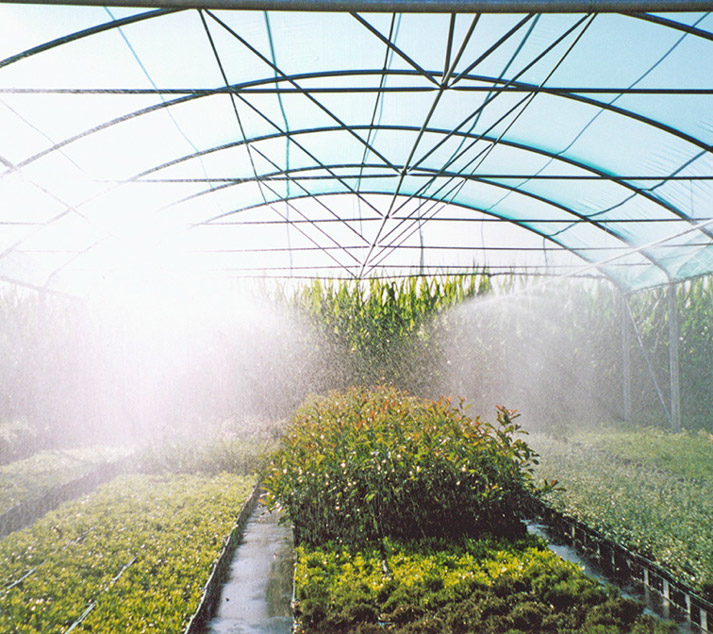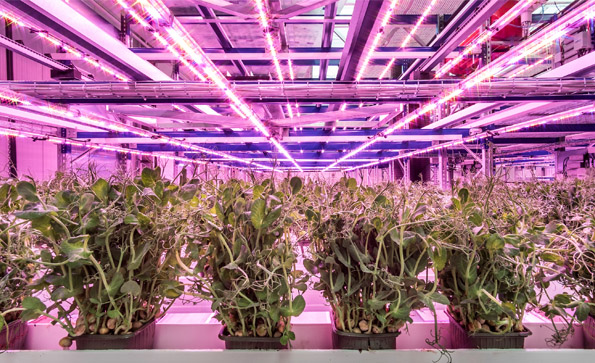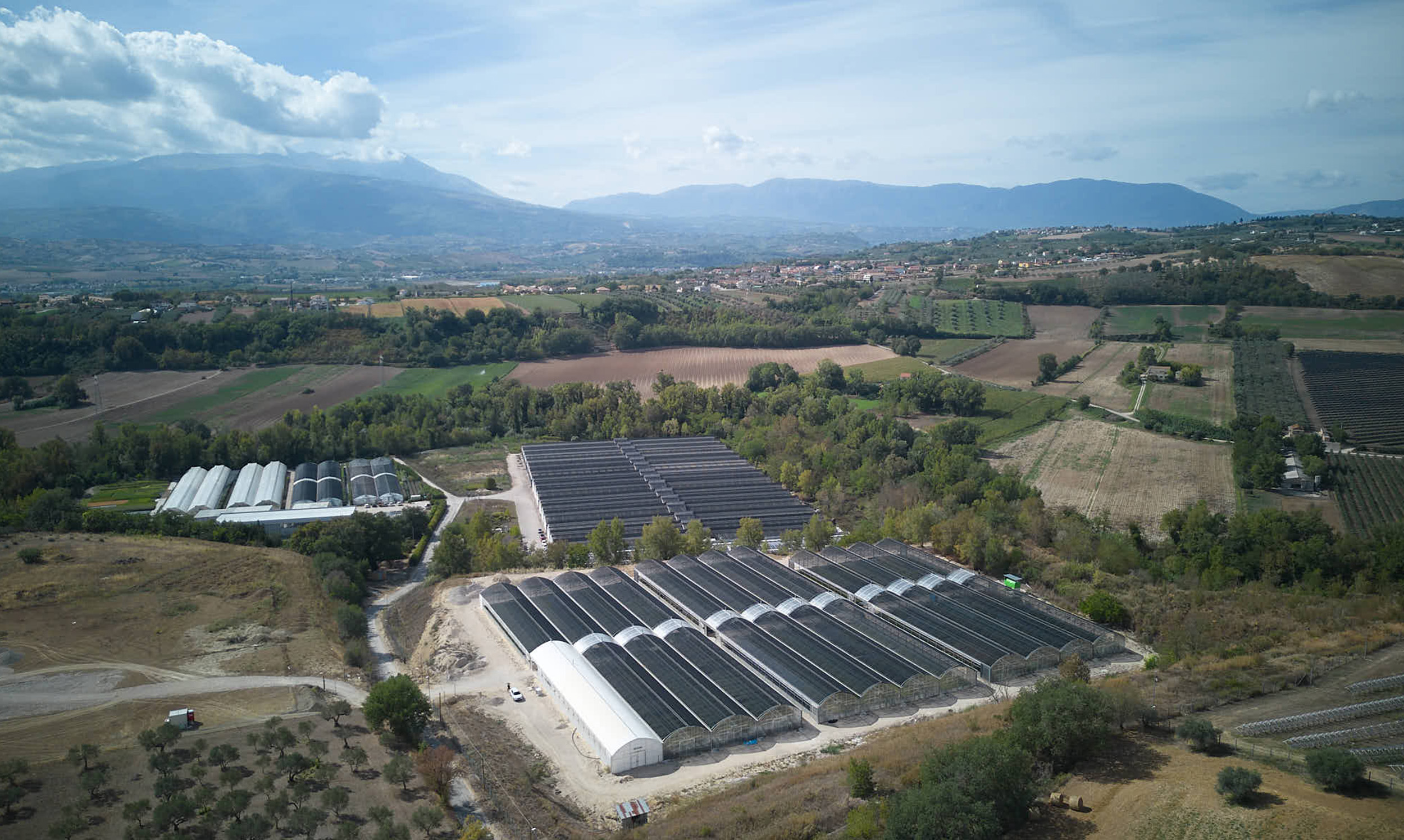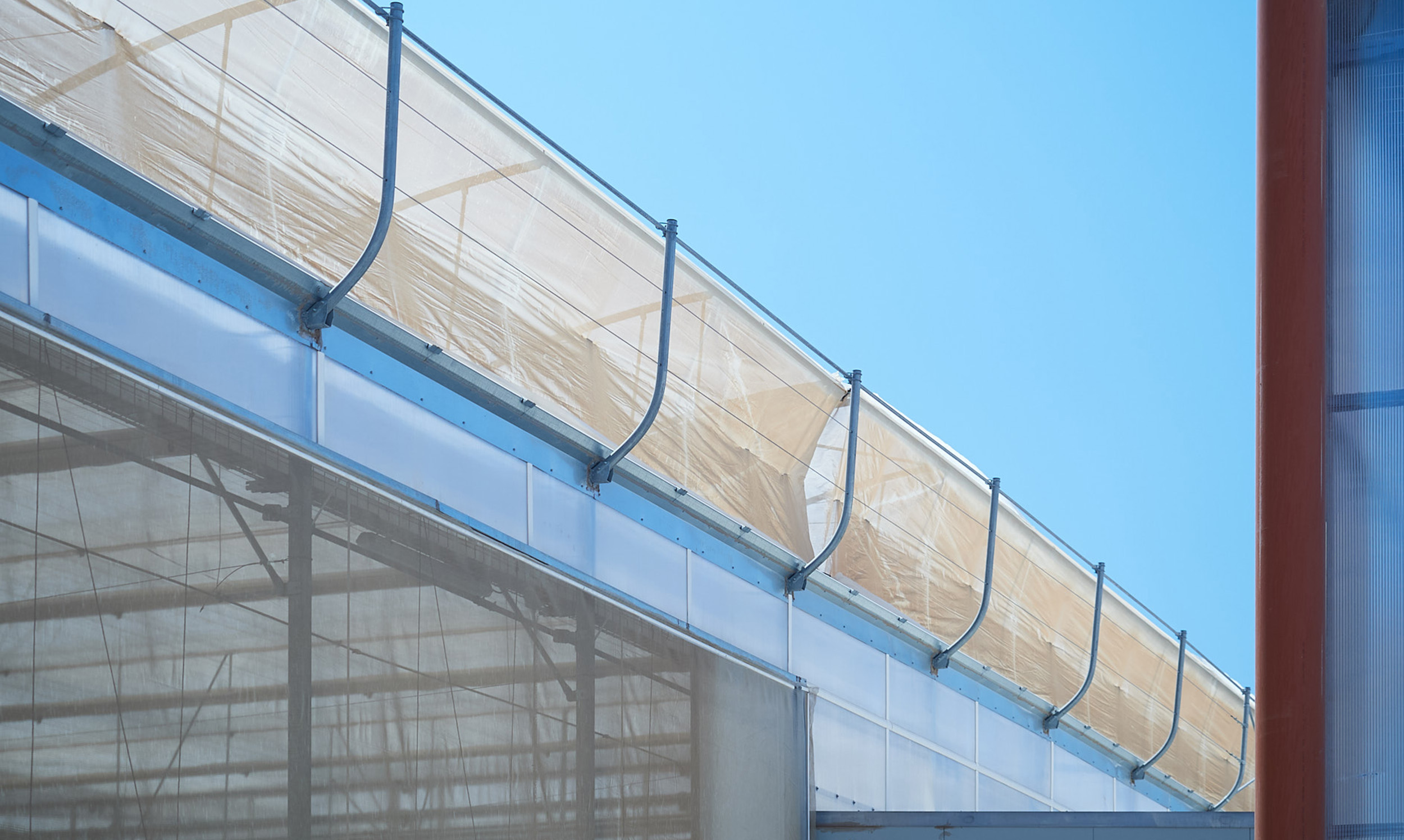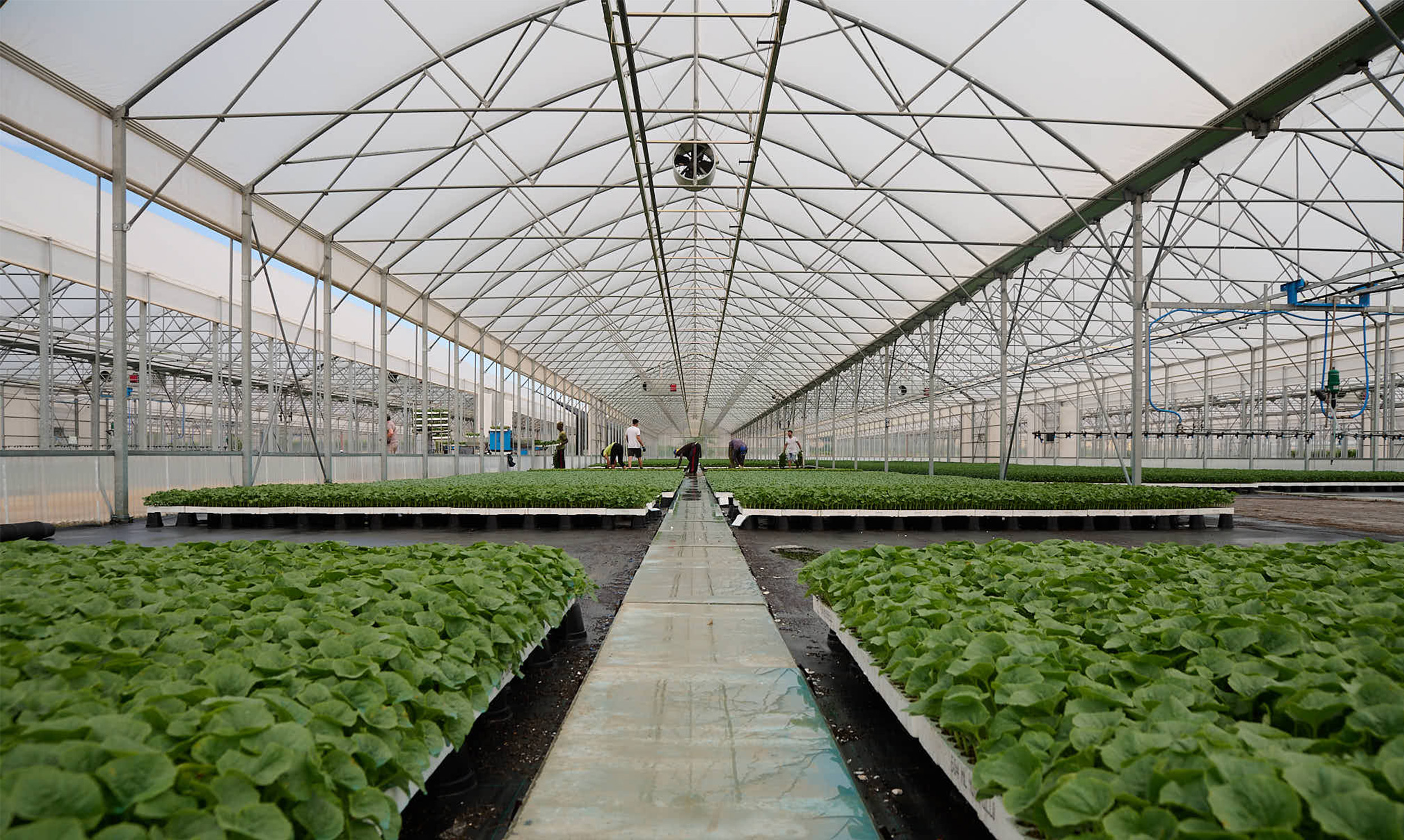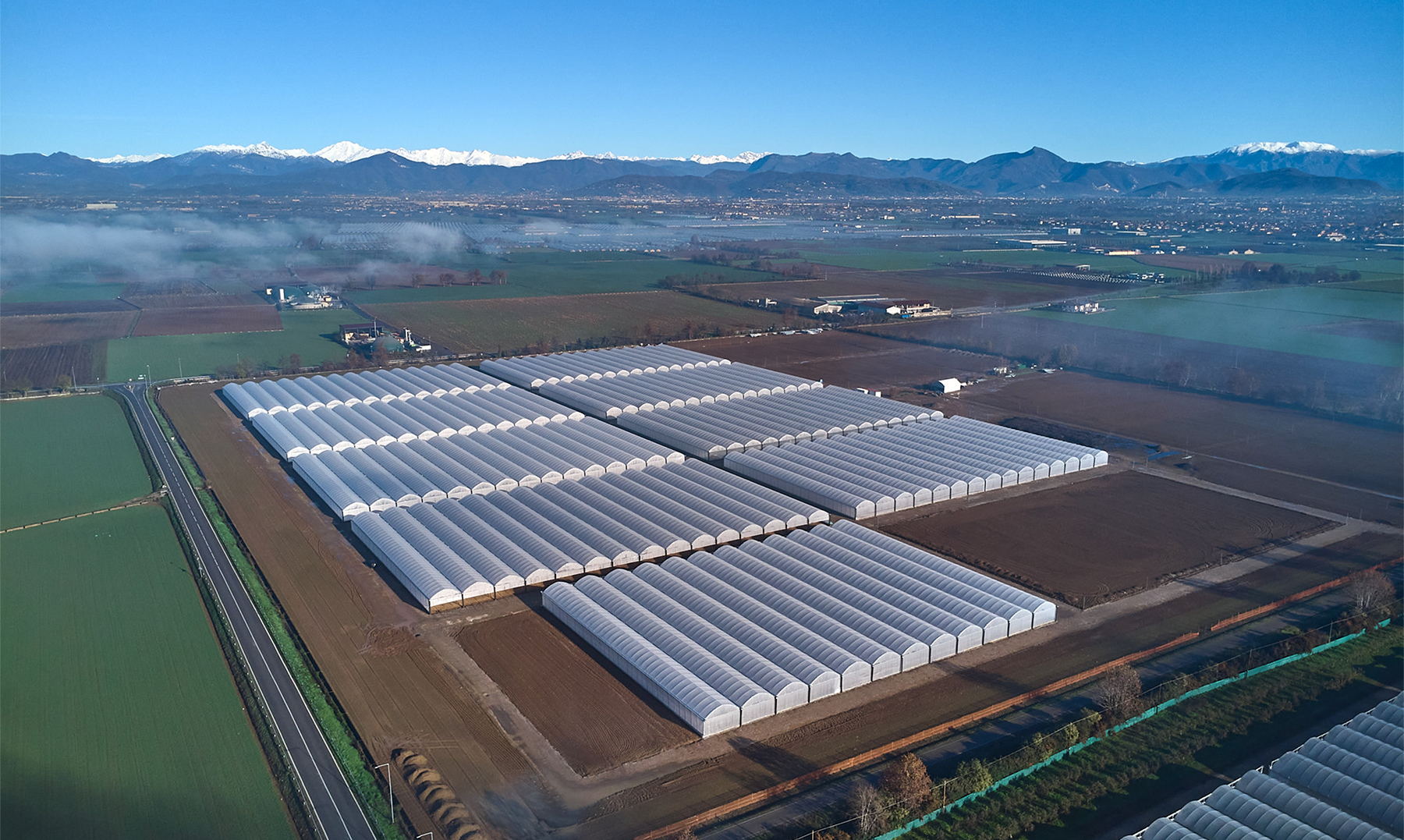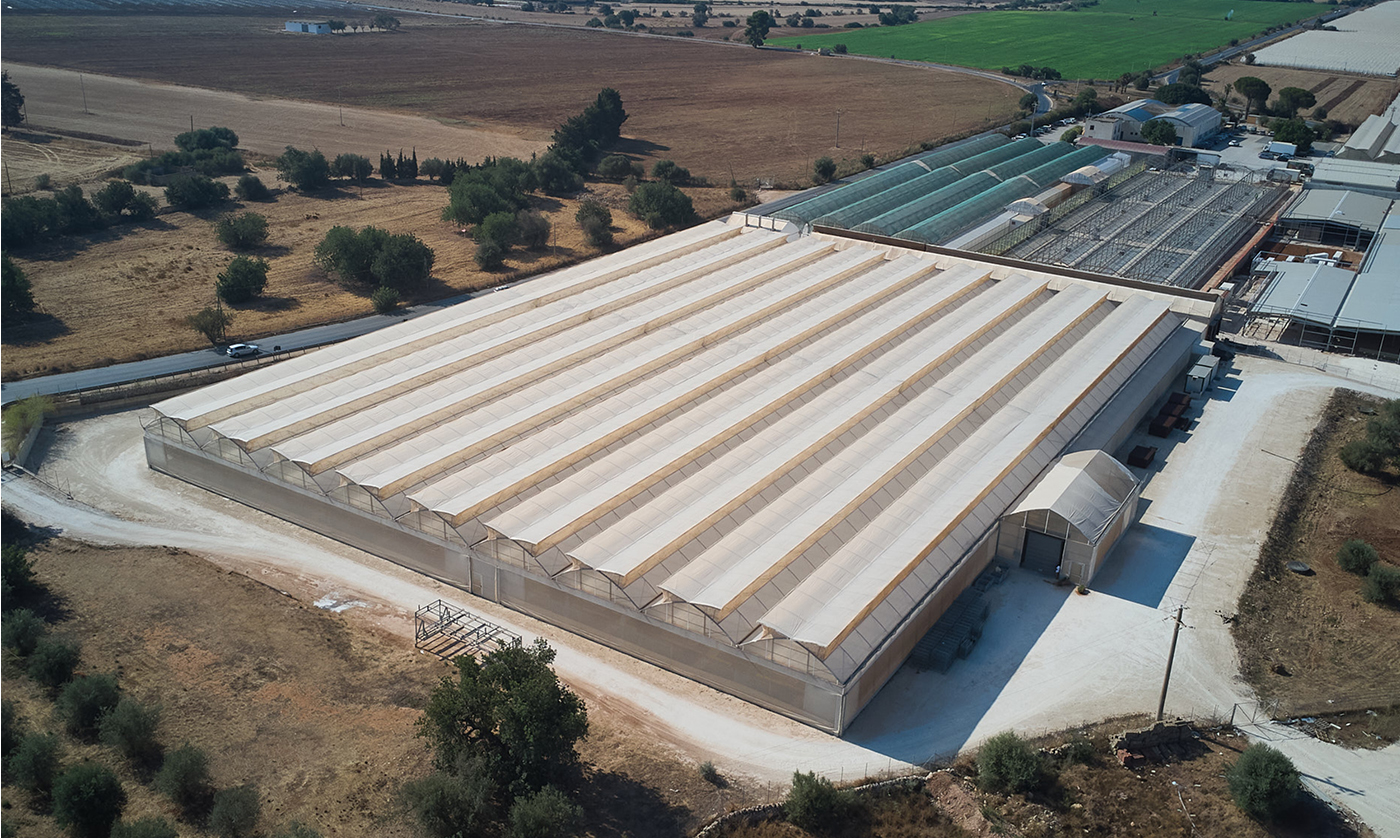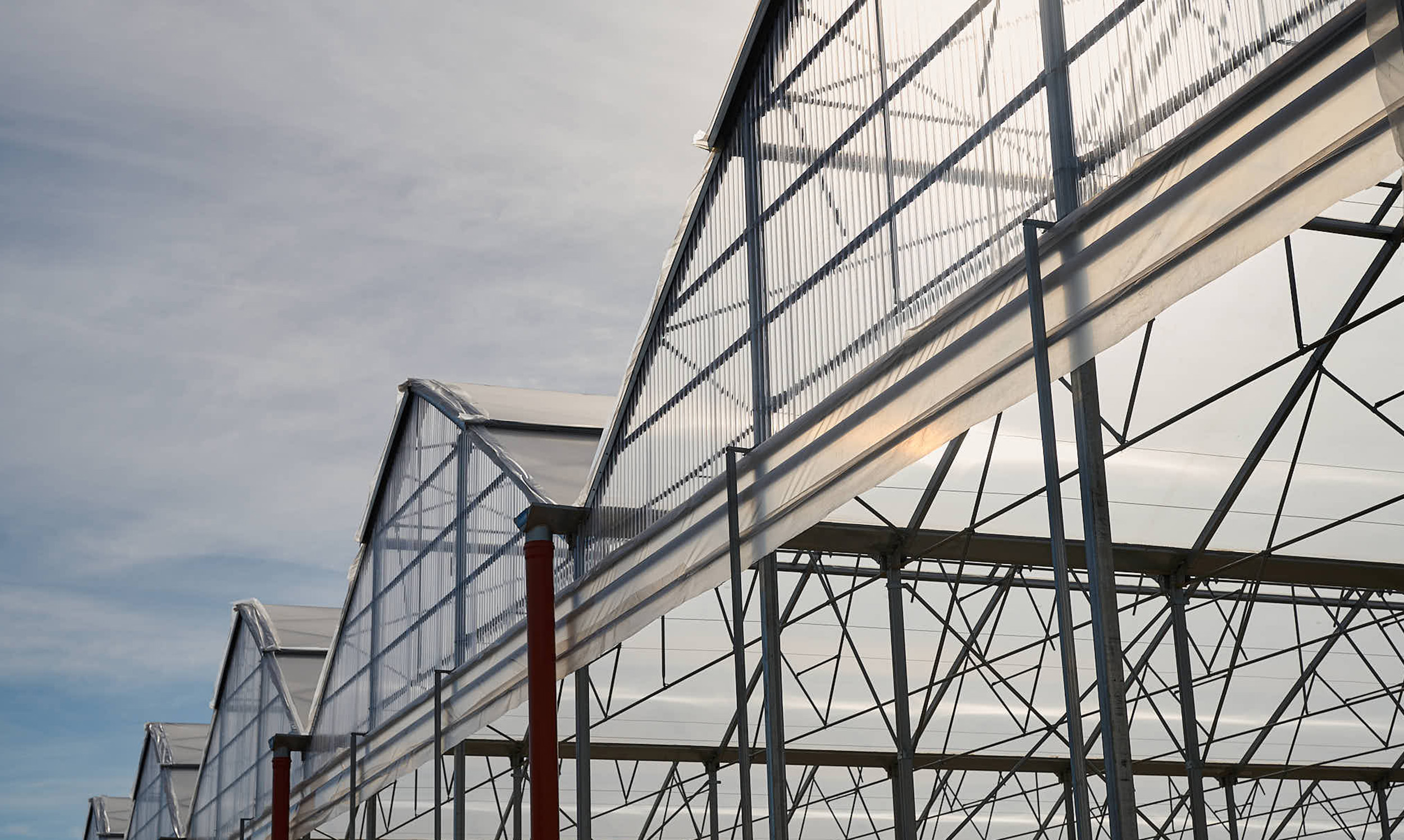Today we’re talking about a hot topic in the sector: greenhouse revamping, that is, renovating and upgrading existing structures instead of buying a brand-new greenhouse.
Why revamping a used greenhouse is worth it (more often than you think)
The keyword today is efficiency. But also sustainability, cost optimization, and access to public incentives. More and more farmers and agricultural entrepreneurs are choosing to breathe new life into their old greenhouses rather than replace them entirely. But when is this really the right choice?
As always: it depends. And yet, with the right assessments, the advantages can be quite significant.
The 3 key questions before starting a greenhouse renovation
Thanks to our consultative approach, we’ve developed a simple framework to help guide your decision. Here are the three fundamental questions to ask yourself:
- What condition is the current greenhouse in?
Materials, coverings, structure, thermal transmittance, corrosion, structural weaknesses—all of these factors impact the greenhouse’s efficiency and livability. If they’re too far gone, starting fresh may be the best option. But often, targeted and smart interventions are all that’s needed. - Are there existing technological systems?
Irrigation, climate control, lighting… The presence (or absence) of systems can dramatically affect production potential. A well-maintained system can be a great starting point for a low-cost, high-return revamp. - Is the greenhouse compliant with current regulations?
Both in terms of workplace safety and environmental standards. Here, an in-depth assessment is crucial, especially if future certifications are on the horizon.
Revamping is a matter of strategy (not just budget)
After the technical analysis, it’s time for the big question: what's the cost? How does renovation compare to a new build? And how long will it take to see a return on investment?
This is where a proper cost-benefit analysis comes in. But also access to grants, public incentives, and opportunities tied to the Italian National Recovery and Resilience Plan (PNRR). At Idromeccanica Lucchini, we support agricultural businesses in navigating this delicate process: we evaluate development strategies together and identify the most suitable solutions, thanks to our network of knowledgeable, passionate partners.
Many entrepreneurs and farmers aren’t aware of the available incentives for purchasing new greenhouses or renovating existing ones—we’re here to help, in either case.
Sustainability and the green transition: is your greenhouse ready?
Today, agriculture can’t be discussed without mentioning energy efficiency and environmental impact. With the right modifications, a revamped greenhouse can actually be greener than a new one.
We’re talking about:
- Reducing carbon footprint
- A supply chain traceable via blockchain technology
- Compliance with European environmental regulations
- Access to funding for energy efficiency
These are all increasingly important topics when it comes to accessing international markets, retail distribution channels, and sustainable or organic certifications.
Every greenhouse is unique: the difference lies in the design
You can’t generalize. Every greenhouse has its own story, condition, context, and “soul.” But what we can do — and have always done at Idromeccanica Lucchini — is listen, analyze, and design tailor-made solutions. We don’t just sell structures: we provide real, sustainable, and results-oriented solutions.
In conclusion: it’s time to make the right choice
The world of agriculture is changing fast. Consumer trends are evolving, competition is increasing, and those who don’t adapt risk falling behind. That’s why now more than ever, it’s essential to make informed decisions, even when it comes to the world of used agricultural greenhouses.
Want to know if it makes sense to revamp your greenhouse? Let’s talk!
Contact us for a consultation.






